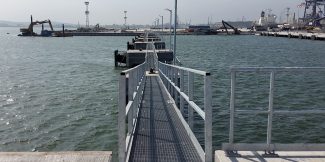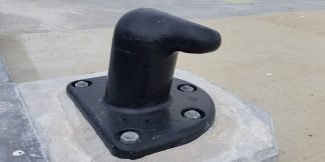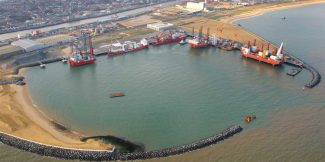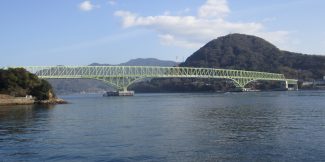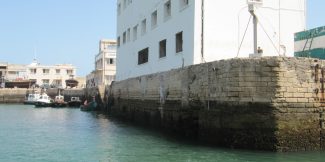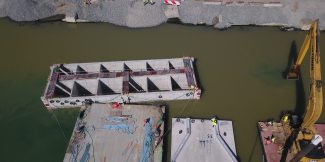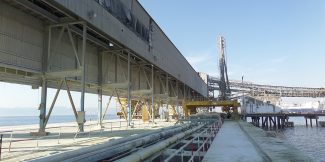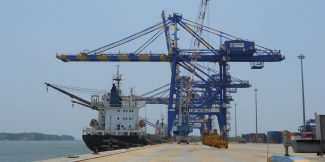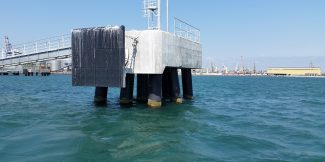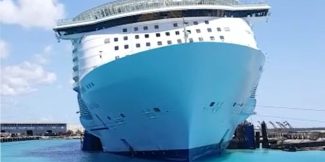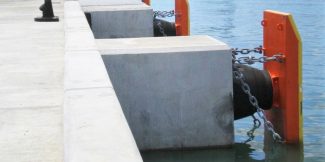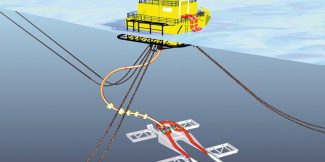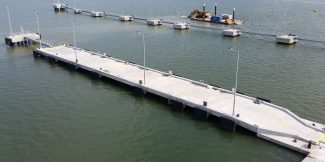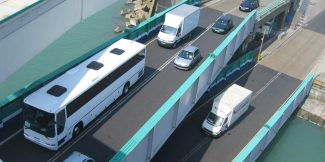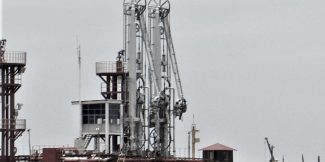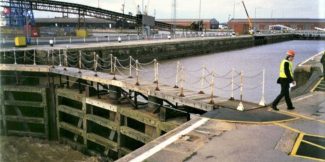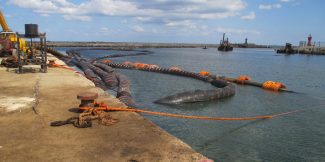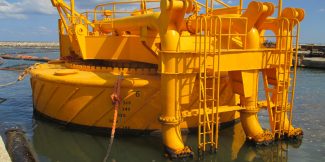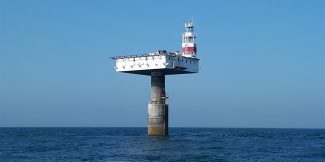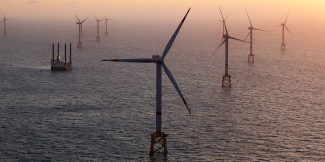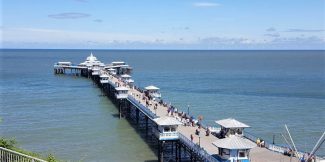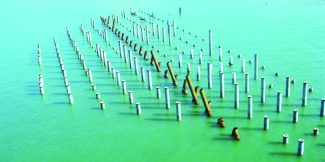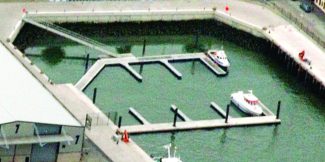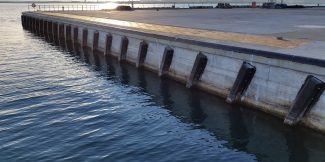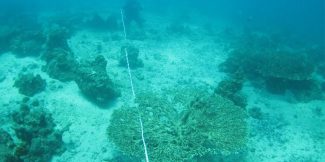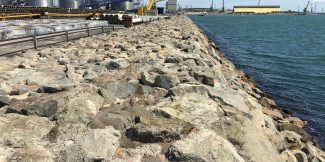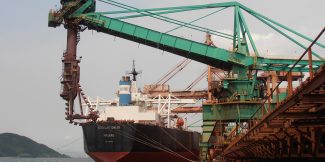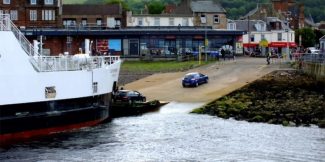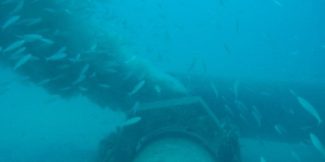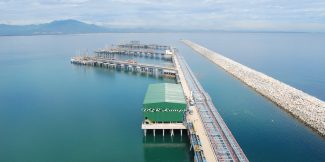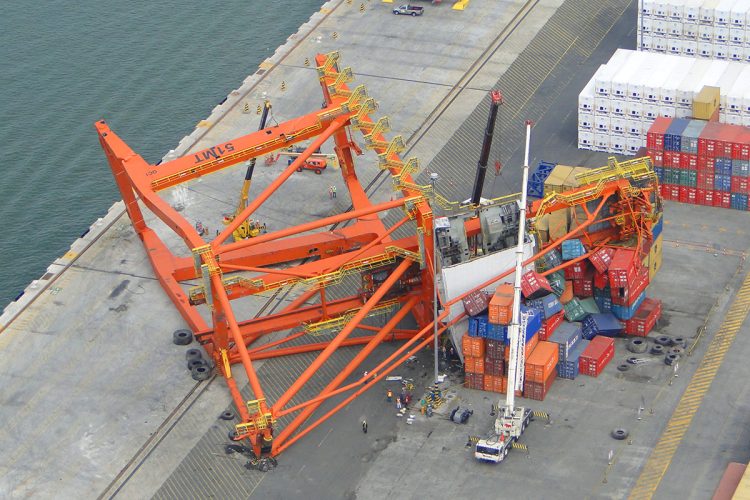Fixed & Floating Object
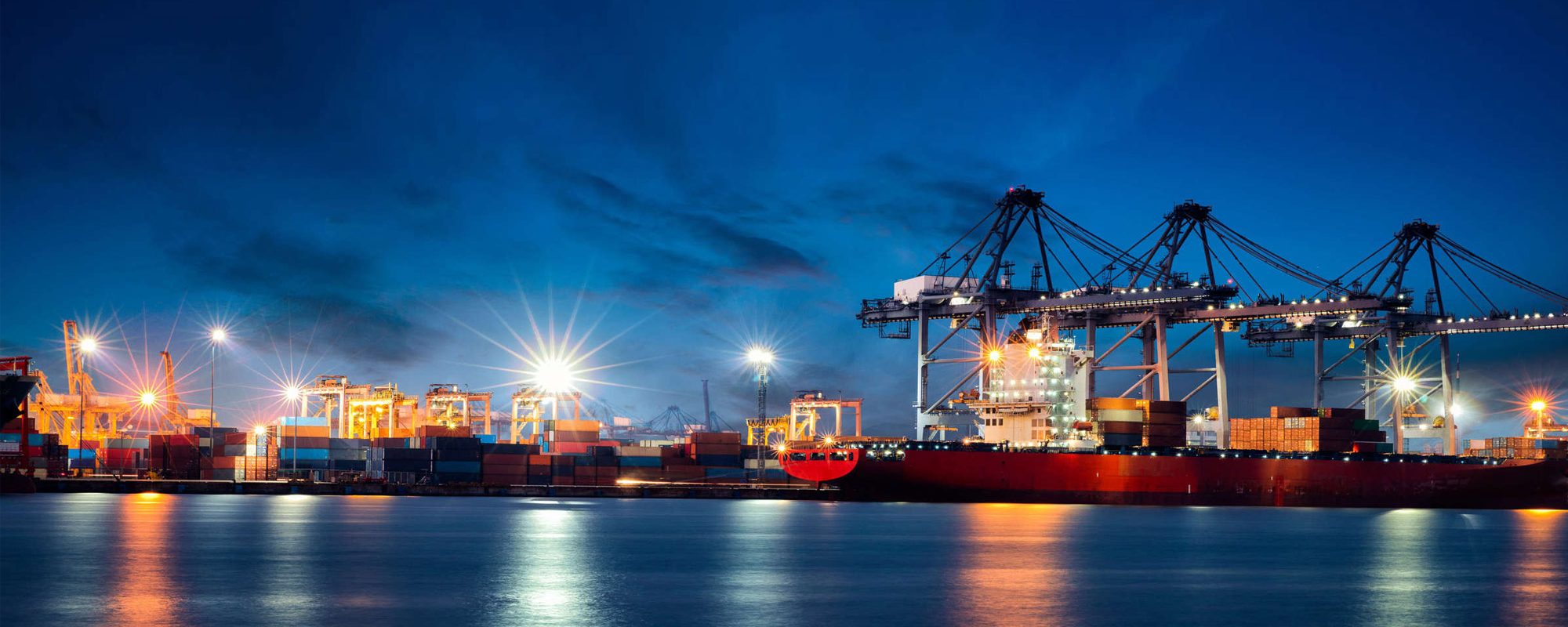
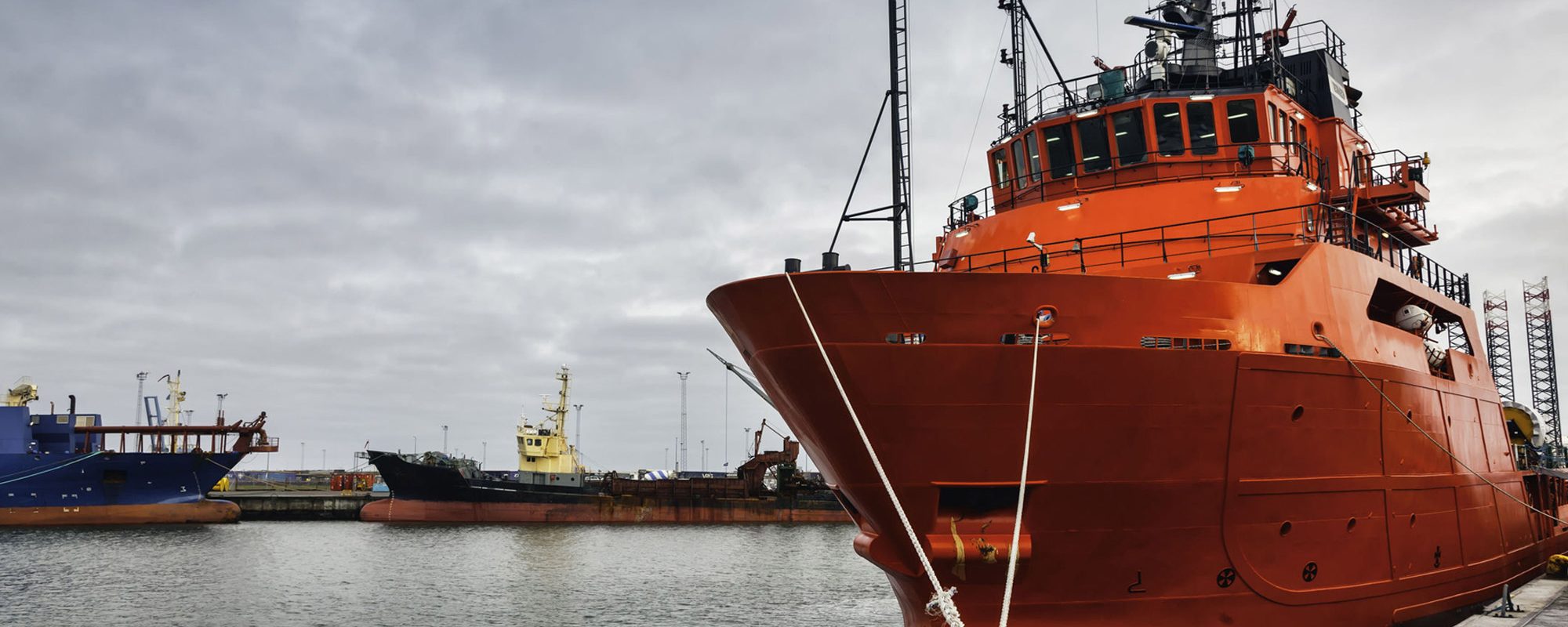
Fixed & Floating Object
At Waves Group, our maritime civil engineers, supported by a diverse range of in-house disciplines, have extensive experience in the development and operation of various marine facilities. Our expertise covers container terminals, oil and gas terminals, bulk terminals, marinas, fishing harbours, ferry terminals, and offshore energy installations, with projects spanning over 100 countries.
We specialise in fixed and floating damage assessments and offer a comprehensive range of FFO services. Our fixed and floating object consultants are well-versed in evaluating and addressing damage to both fixed and floating structures.
For detailed information about our FFO services, please contact us.
Click on any image in the grid below to show more information on the different FFO types.
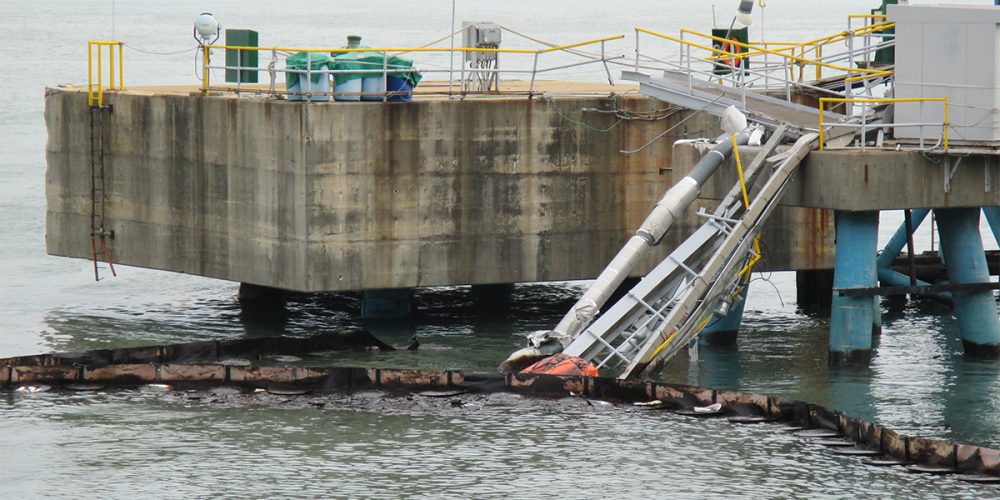
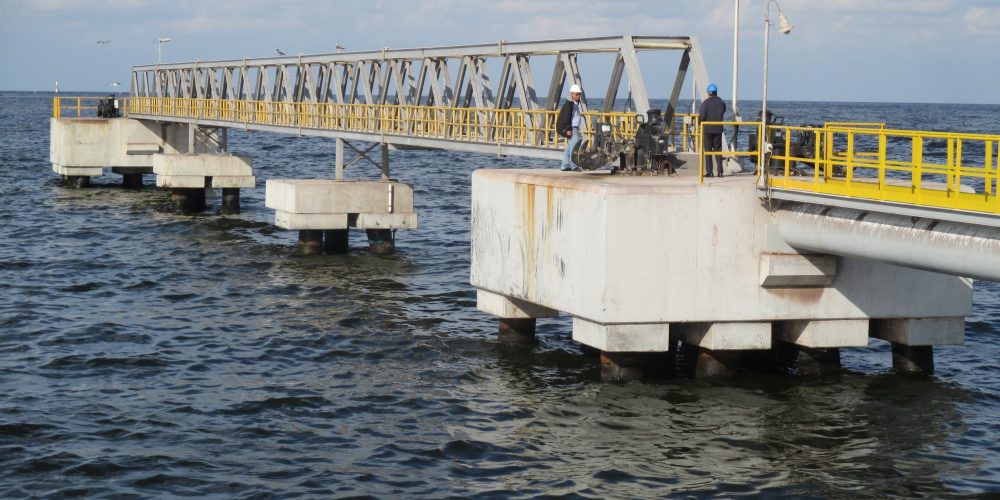
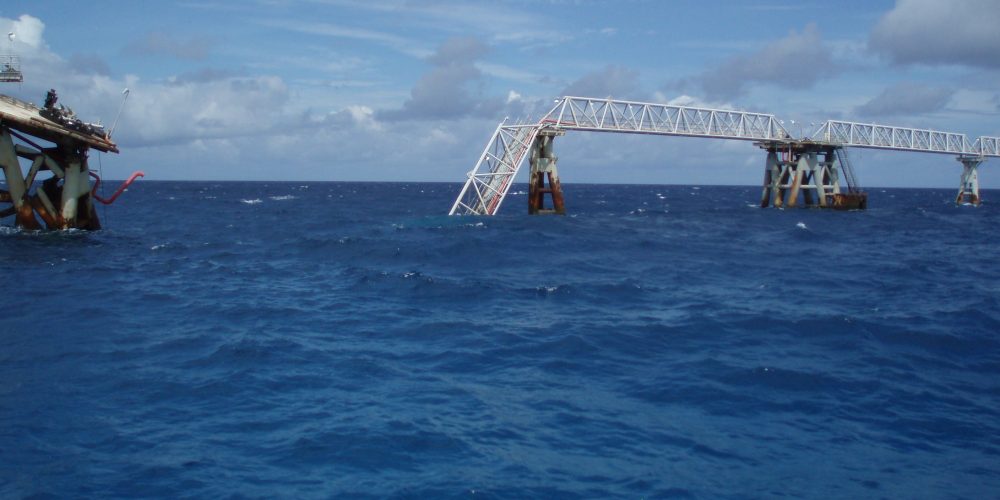
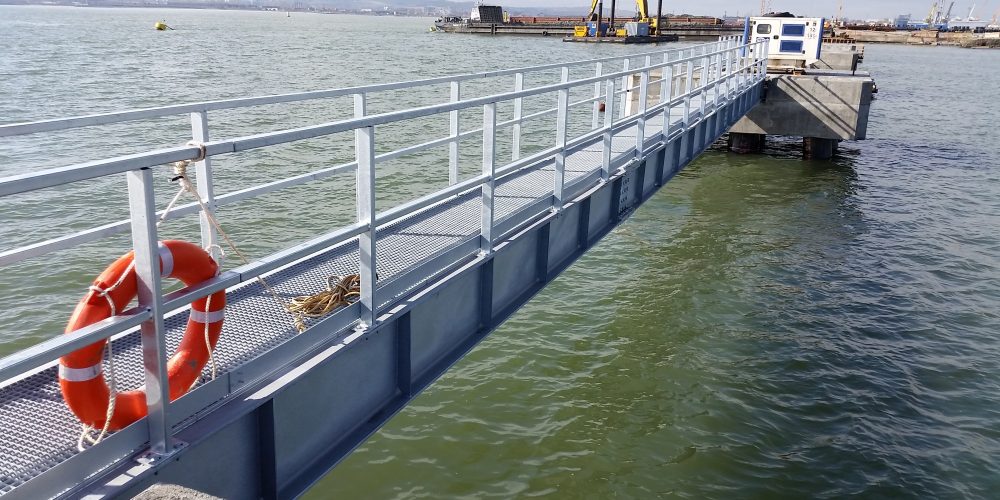
Access Walkway
Access walkways (or walkway bridges) are lightweight structures used to connect different parts of a jetty, such as the shore to a jetty head or, more usually, dolphins to each other and the jetty head. They may also carry services, such as fire water mains or power for navigation aids and QRHs.
Waves Group has experience of investigating many cases where access walkways have been damaged and / or knocked off their supports or lost overboard by vessel allision. Typical examples of those assessed by us are as listed below;
- Direct contact damage to parts of the structure
- Displacement from and / or damage to bearings
- Partial or total loss to sea / riverbed by hard contact
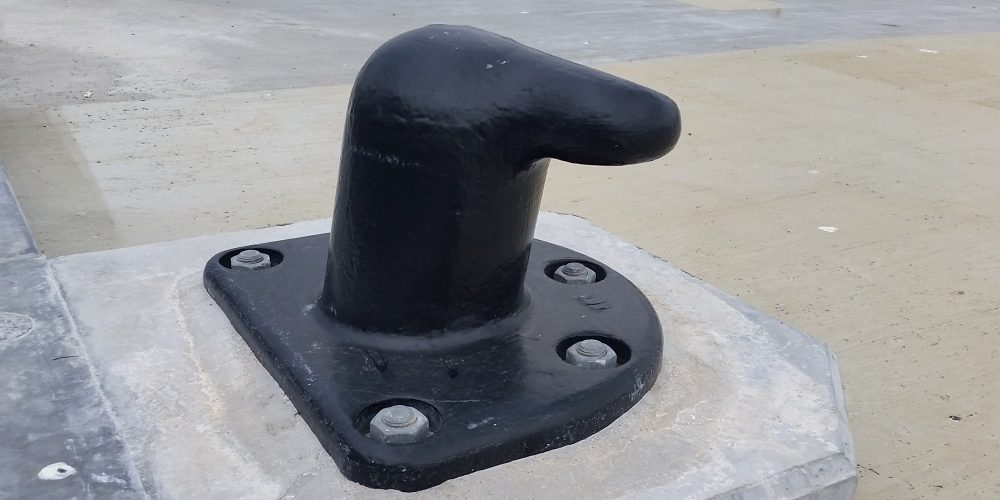
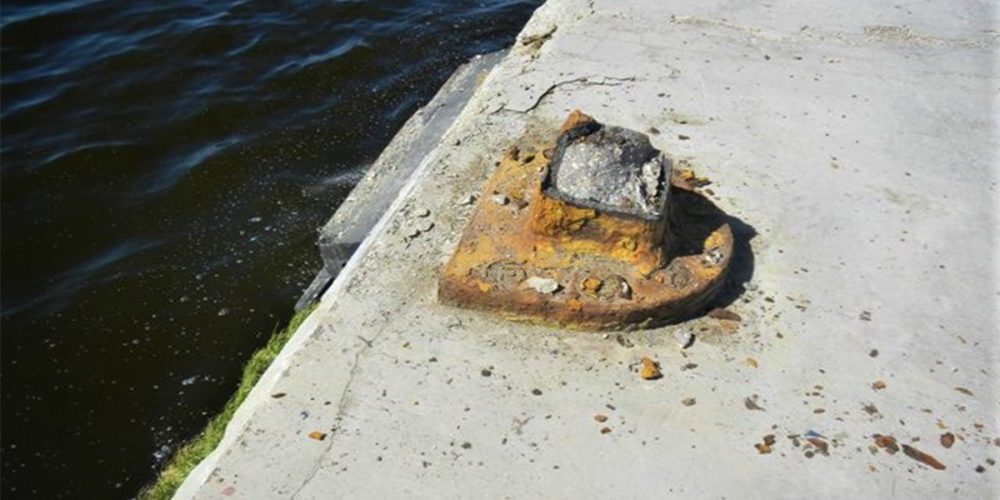
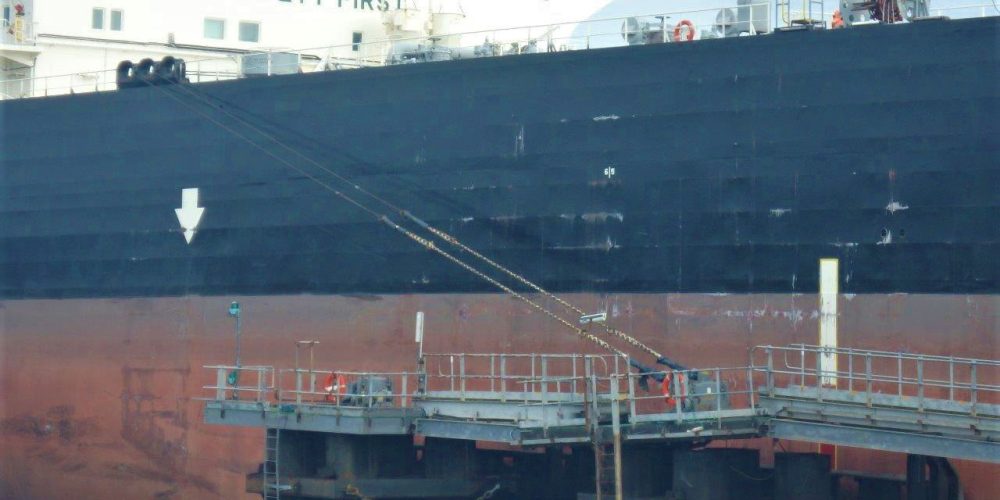
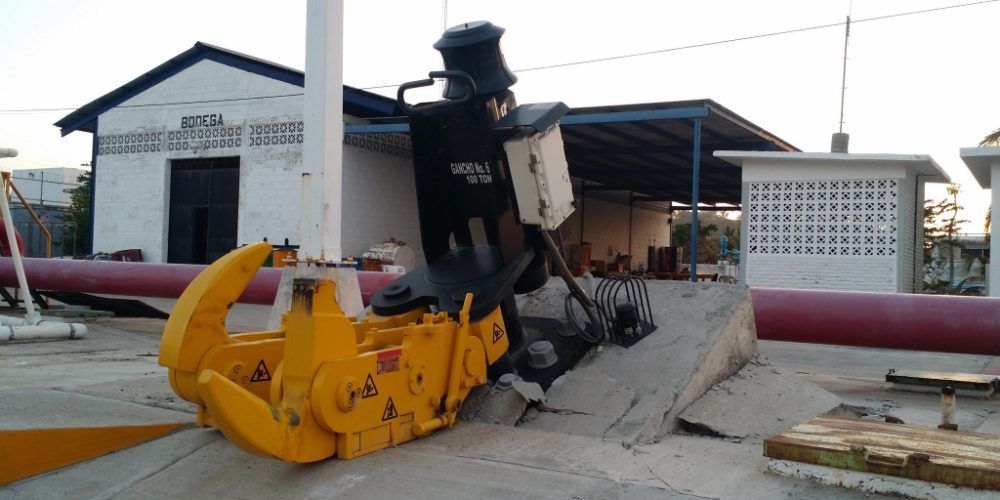
Bollards & QRHs
A bollard is a short vertical post (usually of concrete-filled cast iron) on a quay, berthing dolphin or mooring dolphin to which a vessel’s mooring lines can be attached. Many shapes and sizes are in use and they are mainly categorised by the service load that they are capable of taking (e.g. 60 tonne bollard).
A mechanically operated hook is sometimes installed as alternative to a bollard. Usually the hook can be lowered to allow the line to slip off easily when the vessel is due to depart from the berth (hence Quick Release Hook (QRH)) unlike a bollard where the line has to be lifted off manually. Often two or more hooks are available on each QRH assembly so each line may be attached and released separately. In some cases, the release mechanism can be activated remotely or when the line tension reaches a pre-set limit. QRHs will often have an electric capstan to facilitate hauling in the mooring line during berthing operations.
Waves Group has experience of investigating several cases of bollard or QRH failure:
- Failure of bollard or QRH leading to early release of vessel’s lines compromising vessel safety and leading to damage to vessel and port infrastructure
- Freezing of QRH mechanism due to lack of maintenance
- Bollards or QRHs have been stronger than the supporting structure leading to failure of jetties
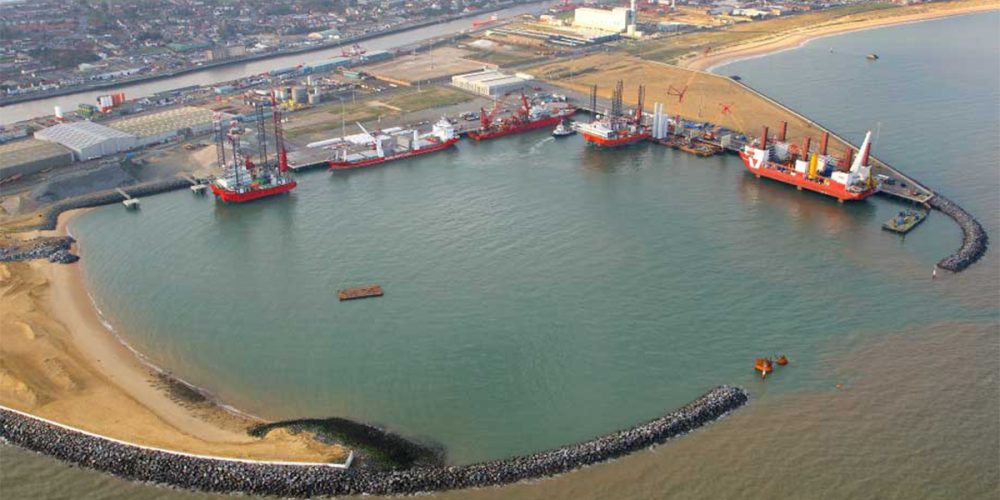
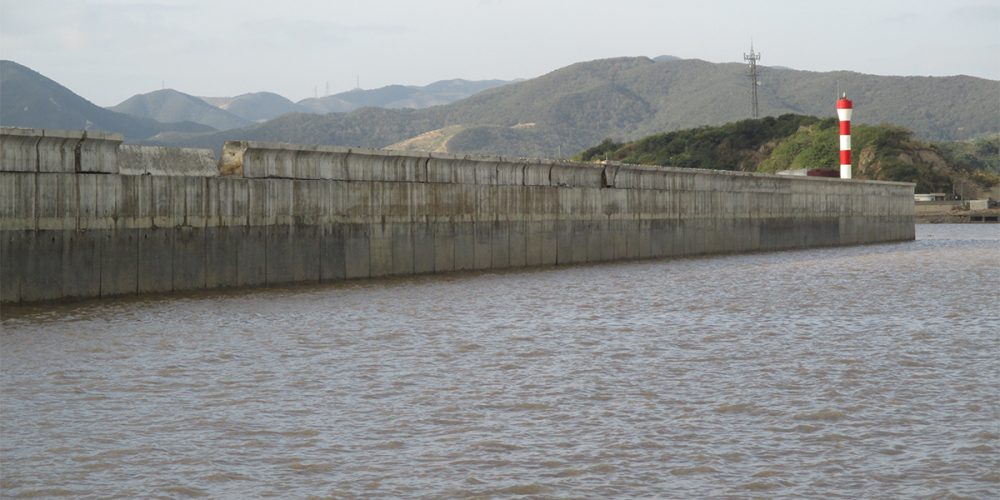
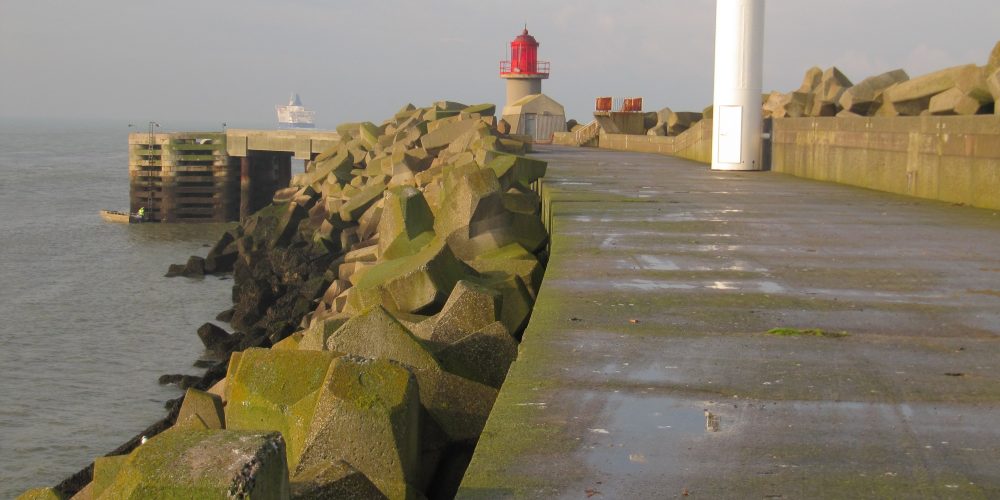
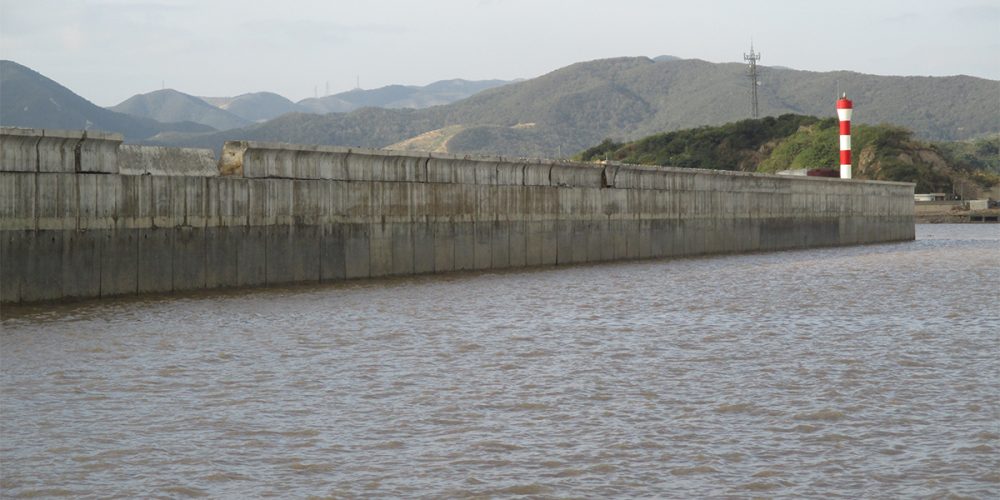
Breakwater / Mole
Breakwaters and moles are linear structures seawards of a port or mooring serving to protect moored or berthed vessels from the worst of wave attack. They can be built using natural materials, such as rock when available economically in sufficient sizes and qualities, or from large-scale manufactured items, such as concrete armour units or caissons. Breakwaters are designed principally to create sheltered water with reduced wave heights in their lee, while moles are additionally used as a landing pier.
Waves Group has experience of investigating cases where breakwaters or moles have been damaged by vessel allision. Typical types of damage we have investigated are listed below:
- Contact with breakwater caissons causing breaches and potential loss of stability
- Contact with breakwater head structures
- Contact with rubble mound breakwaters
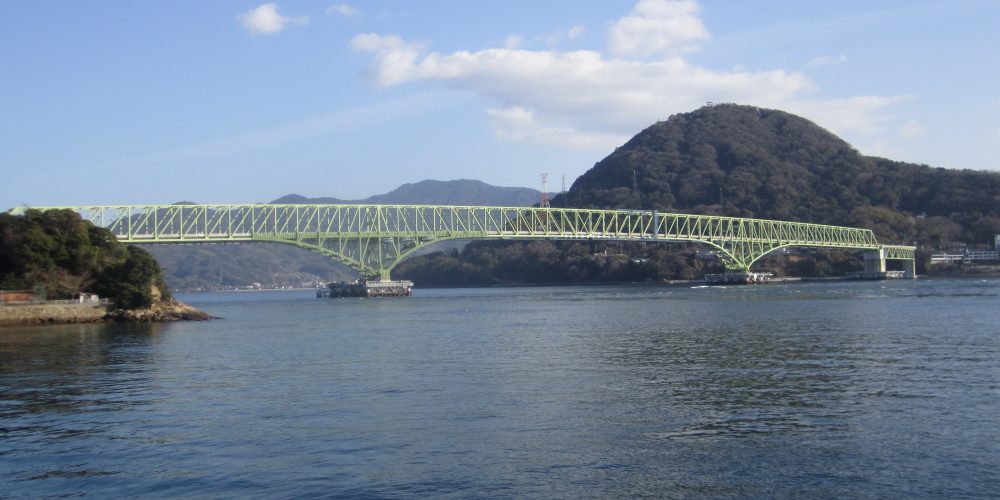
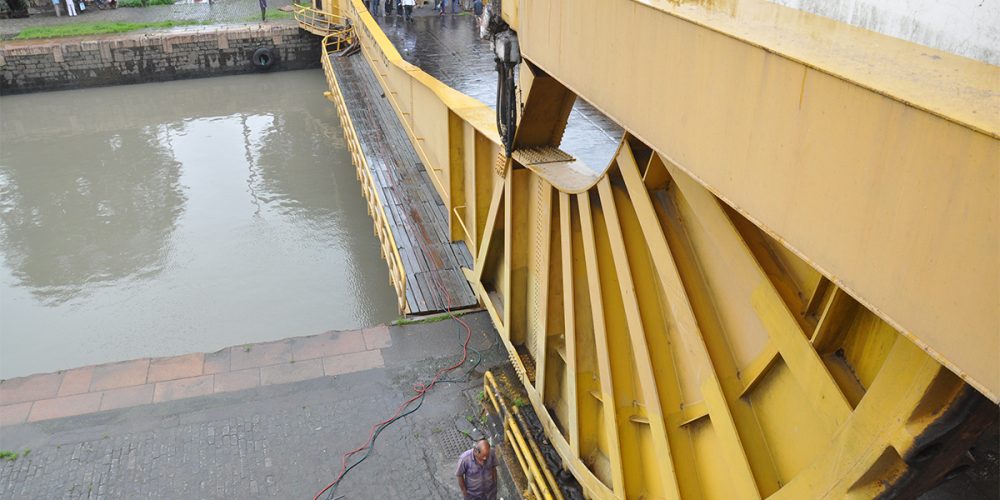
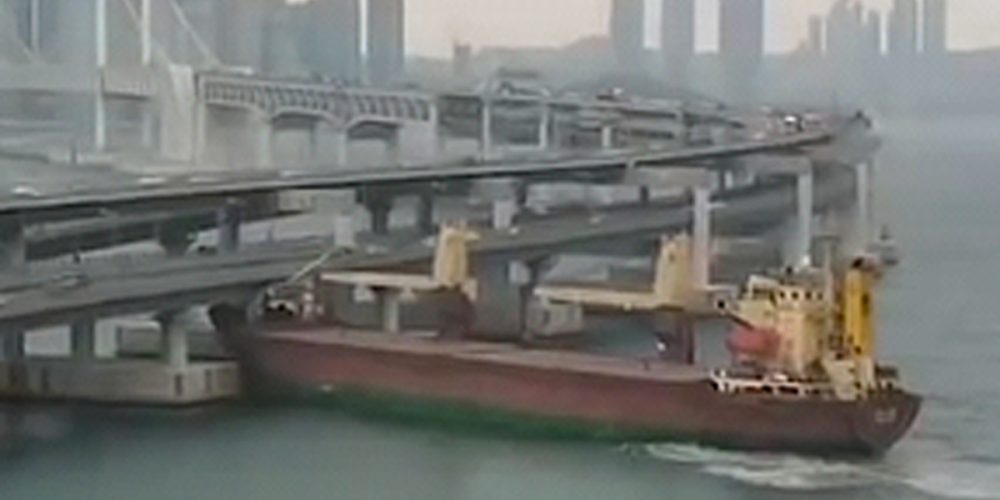
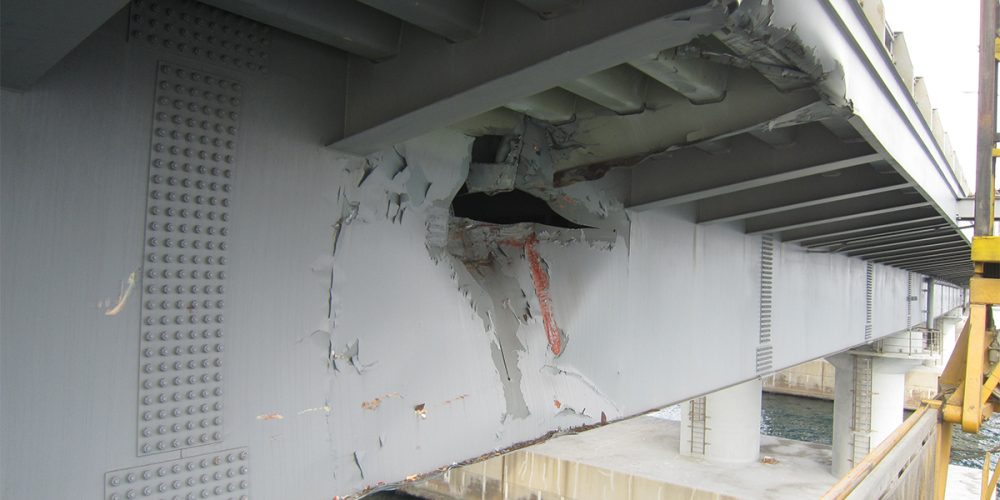
Bridges
A bridge is a structure that is built over a topographical depression (valley) that may be flooded (river, estuary or fjord) or other structures (road or railway) to allow people, vehicles and services to cross from one side to the other. While access bridges are provided in ports and terminals to allow service personnel and vehicles access to jetties (and may be combined with carrying pipelines or conveyor belts), they are usually considered as a part of the marine facility.
Waves Group has experience of investigating several cases where bridges or their support structures have been damaged by vessel allision. Typical types of damage we have investigated are listed below:
- Contact with piles and pile cap
- Contact with piers
- Contact with bridge superstructure (main span)
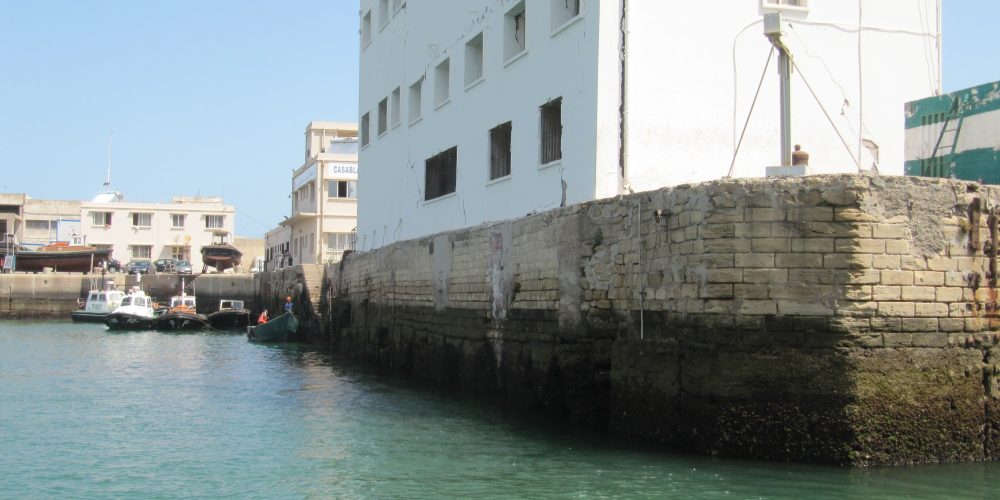
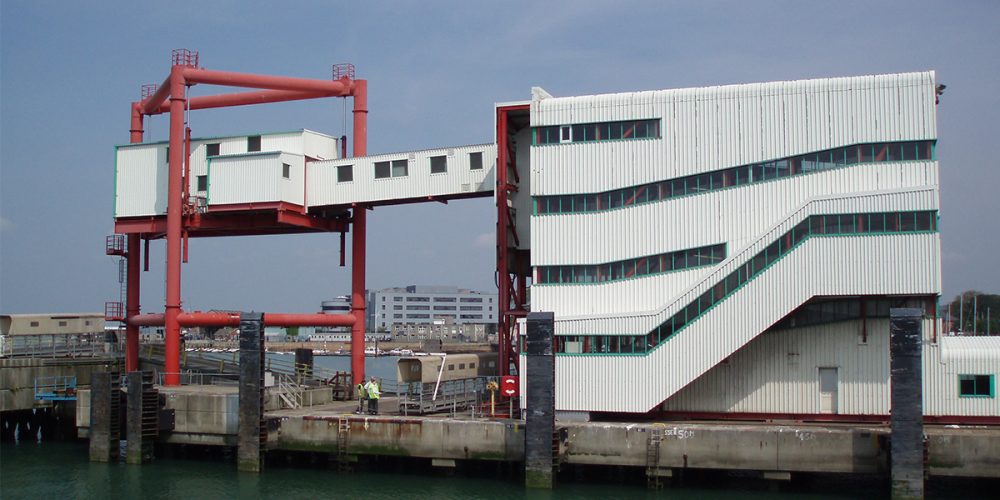
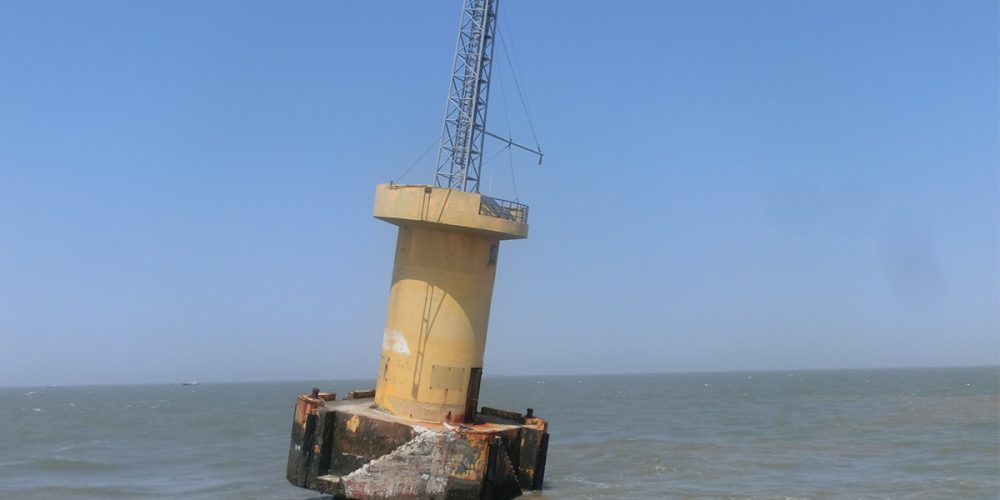
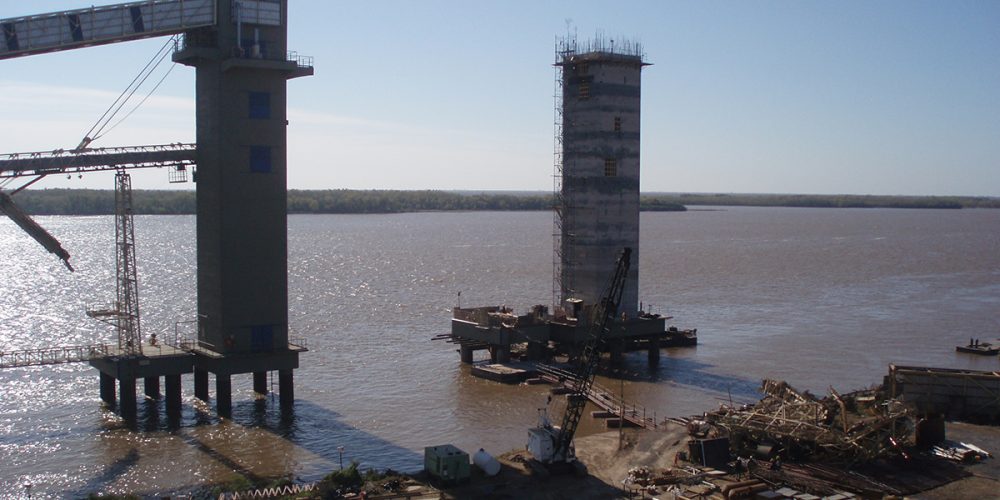
Buildings
Various buildings are located around a port to provide support to a port’s activities. These are of various types such as administration buildings (offices), silos, transit sheds and navigation structures. They are normally situated away from the water’s edge so that berths are free for vessels and cargo movements but sometimes are located in locations in the port or its waterways where they are vulnerable to contact.
Waves Group has experience of investigating several cases where buildings or their support structures have been damaged by vessel allision. Typical types of damage we have investigated that have resulted in major damage:
- Direct contact with building by vessel flare or superstructure
- Contact with support dolphin
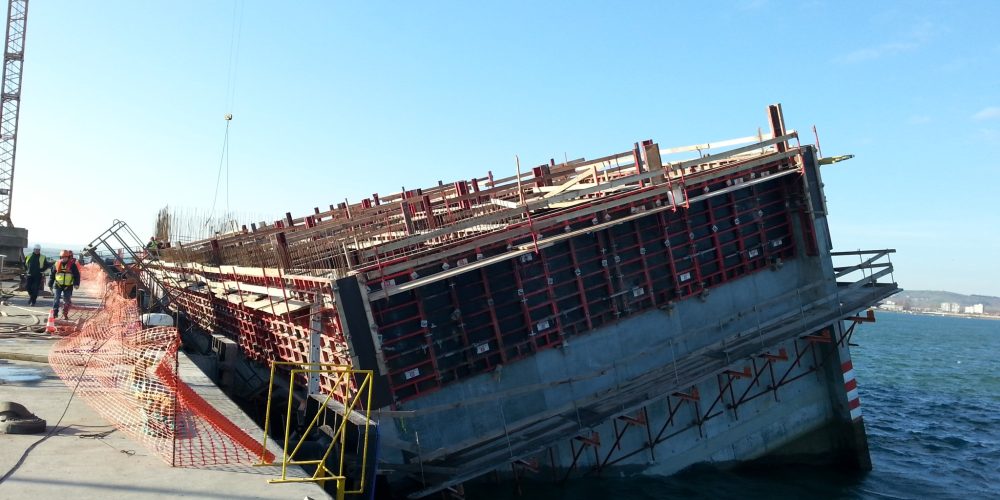
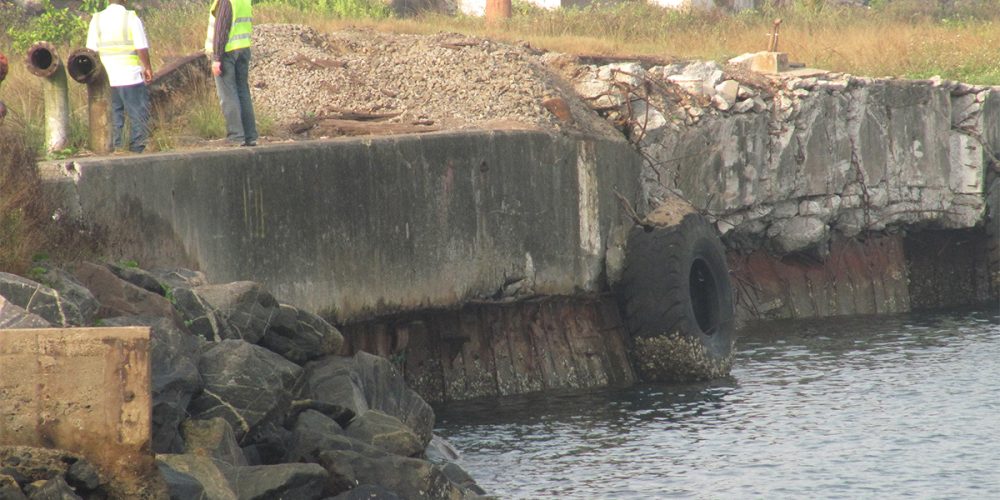
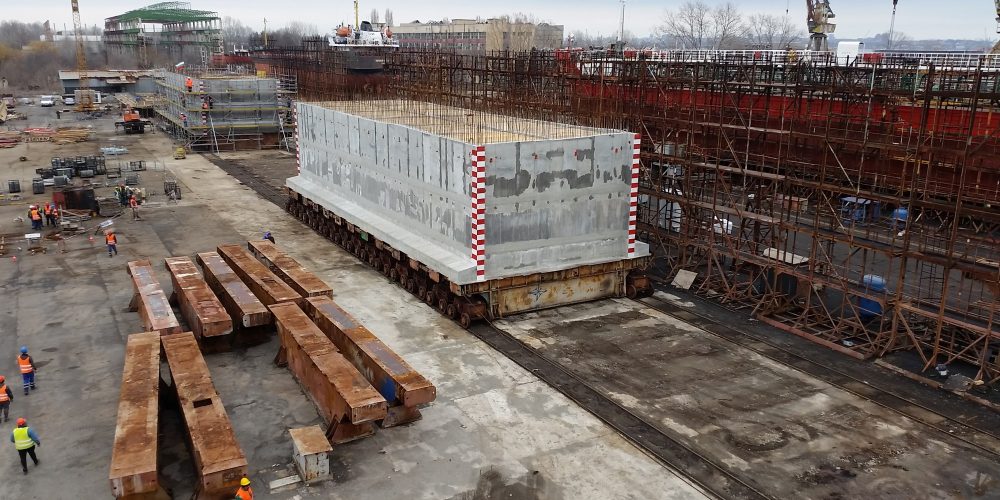
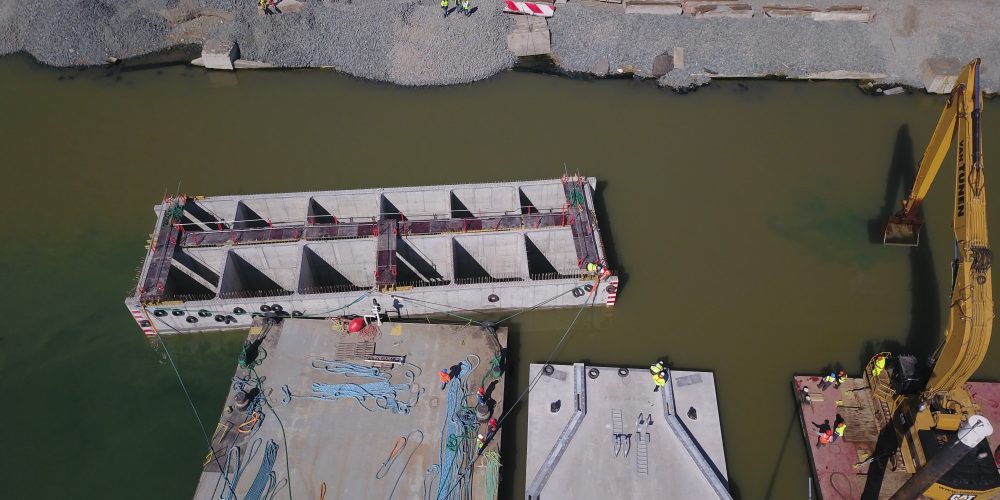
Caissons
Caissons are large, hollow units manufactured to create a component of a berth or breakwater. They are often made from concrete but caissons fabricated from interlocking steel sheets are also common. Concrete caissons are usually built in a dry-dock and towed out and ballasted (using sand or rock) into their final position. Steel caissons are most often built in-situ. Other uses for steel caissons include gate structures for docks. These specialist caissons are fabricated in shipyards and are floated into position and ballasted with water.
Waves Group has experience of investigating cases where caissons have been penetrated by the bulbous bows of vessels losing control. Such large penetrations cause immediate loss of fill, which threaten destabilisation and structural failure. Typical types of damage we have investigated are listed below:
- Contact with steel sheet pile caissons causing loss of interconnection between sheets and escape of fill
- Contact with concrete caissons causing cell rupture
- Contact with and displacement of caissons
- Puncture of caisson gates
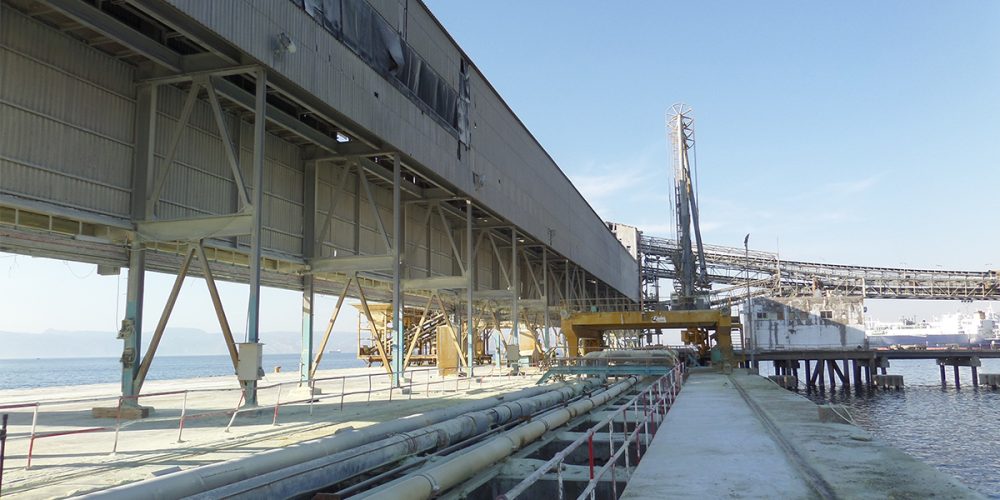
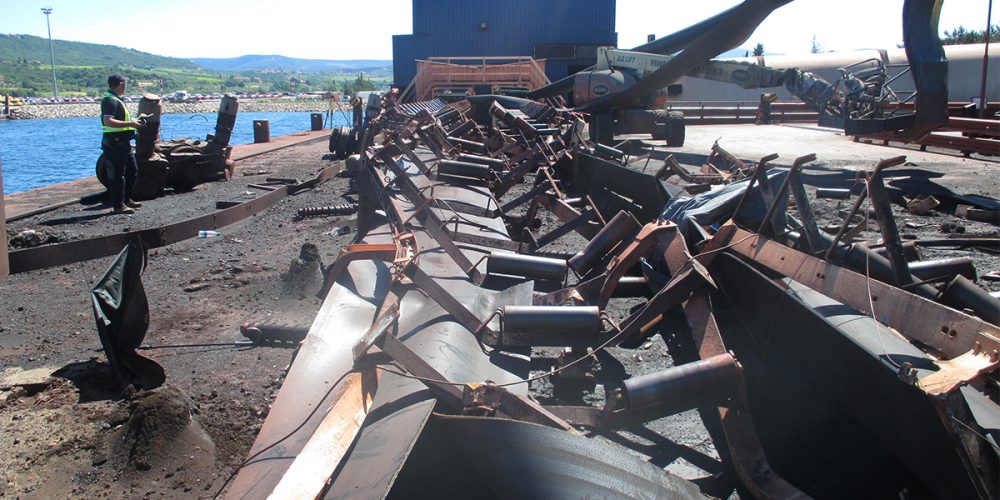
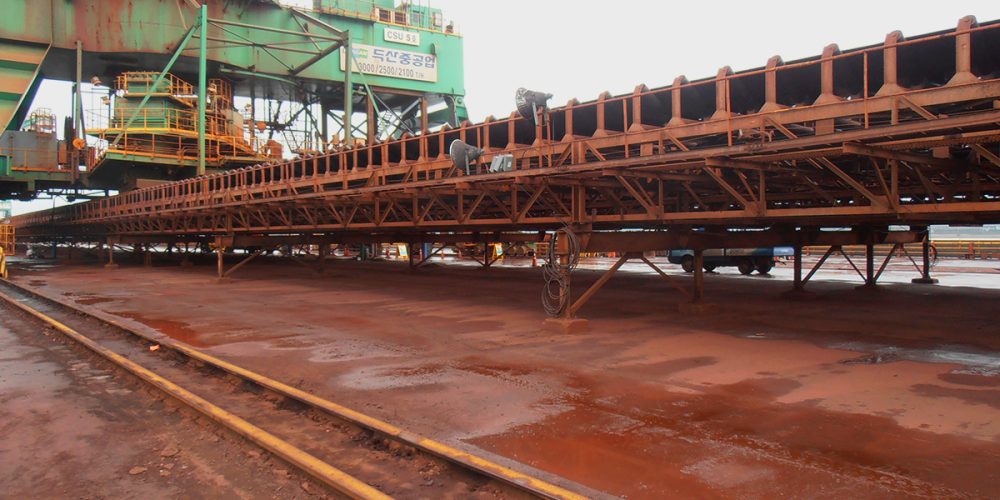
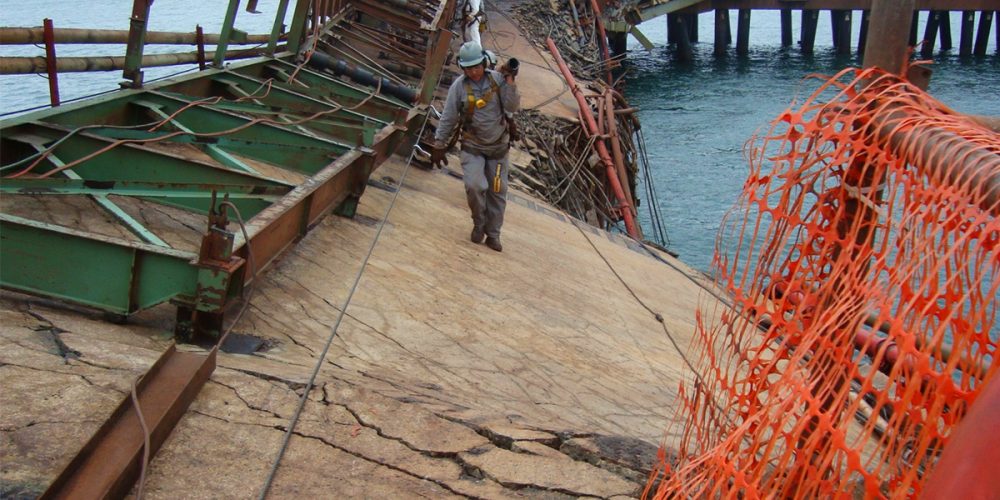
Conveyor Systems
A conveyor system is a large item of mechanical handling equipment used to transfer dry bulk cargo from a berth or berths to an onshore storage facility. In a port setting, conveyor systems are usually of the belt variety. Conveyor belts may be partially covered or enclosed to shield sensitive cargoes (such as grain) from the effects of wind and rain or to provide (partial) dust suppression. Onshore, conveyors are considered the most cost-effective way to move bulk solids for distances over 1km.
Conveyor systems often run on elevated gantries. Within ports, conveyors and their gantries are typically supported by long trestles/approach bridges which connect the shore to deep water berths. Occasionally conveyor systems span between a jetty, dolphins or other berth structures. Conveyor systems can be vulnerable to impact from vessels or other cargo handling equipment.
Waves Group has experience of investigating cases where a conveyor system has become damaged or partially destroyed. Types of damage we have investigated are listed below:
- Conveyor system damaged due to collapse of support structure (e.g. trestle or jetty) following vessel impact
- Conveyor system damaged due to collapse of nearby cargo handling equipment following vessel impact
- Conveyor system damaged due to foreign objects falling or being loaded on to conveyor belt
- Conveyor system gantry damaged due to direct impact from vessel
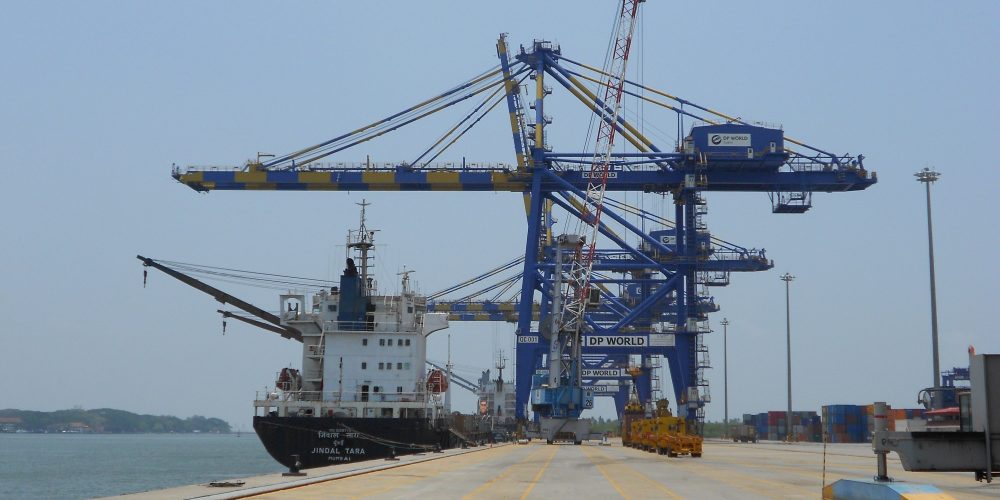
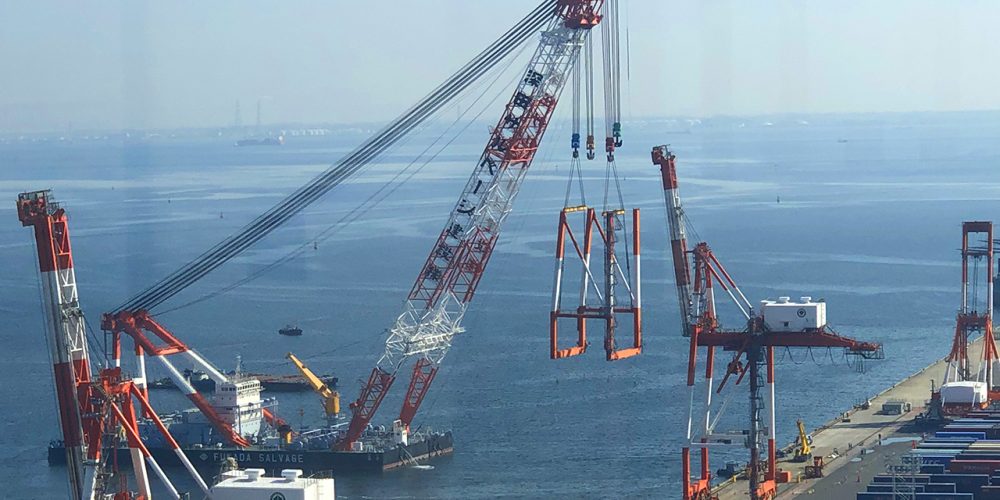
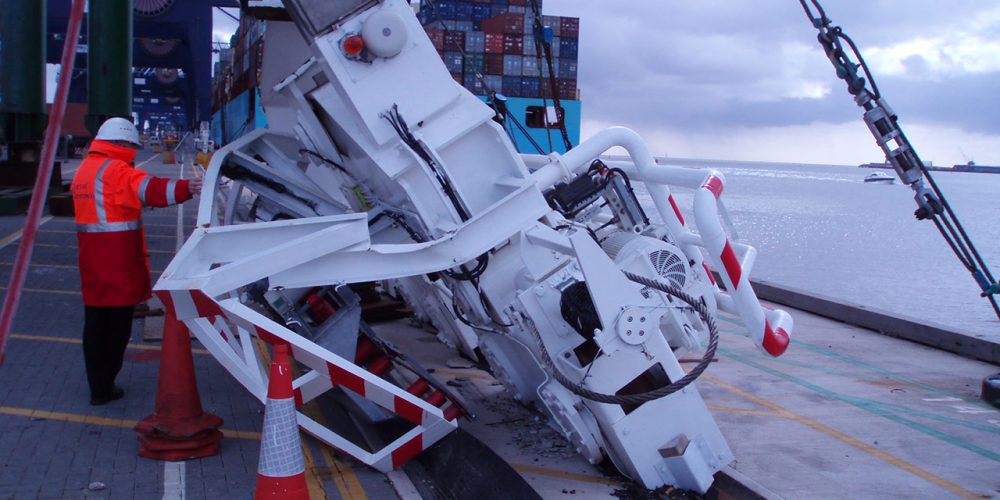
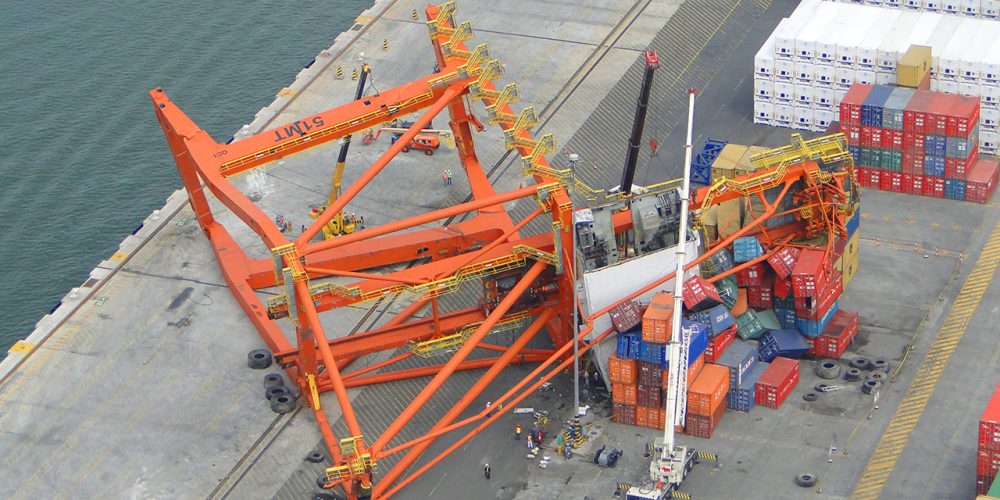
Cranes
A crane is a type of machine, generally equipped with a hoist rope, wire ropes or chains, and sheaves, that can be used to lift and lower materials and to move them horizontally. There are several commonly used cranes within the port industry for handling vessel cargo. These are generally the Ship-to-Shore (STS) crane, mobile harbour crane (MHC), straddle carrier, rubber tyre mounted gantry crane (RTG) and rail mounted gantry crane (RMC).
Waves Group has experience of investigating many cases where cranes have been damaged or destroyed by vessel contact. Typical types of damage we have investigated are listed below:
- Complete or partial collapse, resulting in complete or reduced loss of functionality
- Damage to individual structural or mechanical elements of the crane
- Mechanical failure
- Historical / pre-existing damage and its effect on new damage
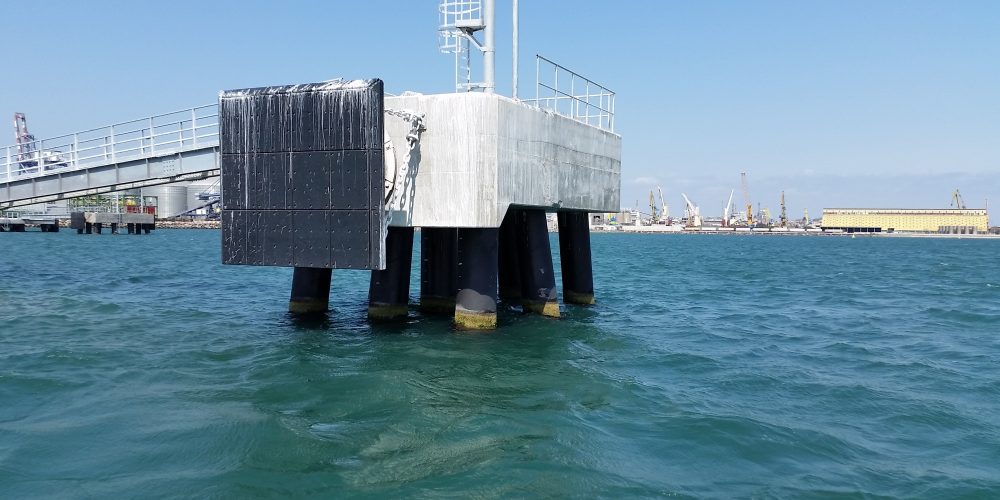
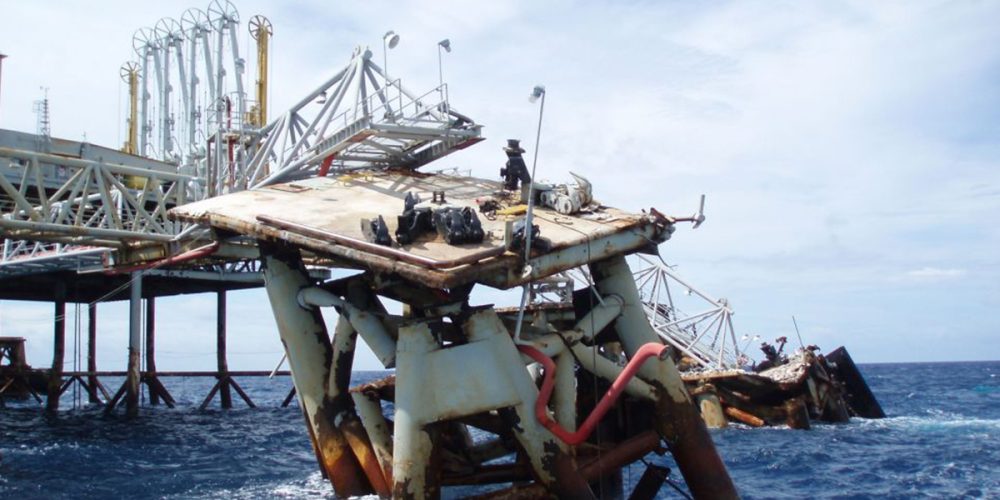
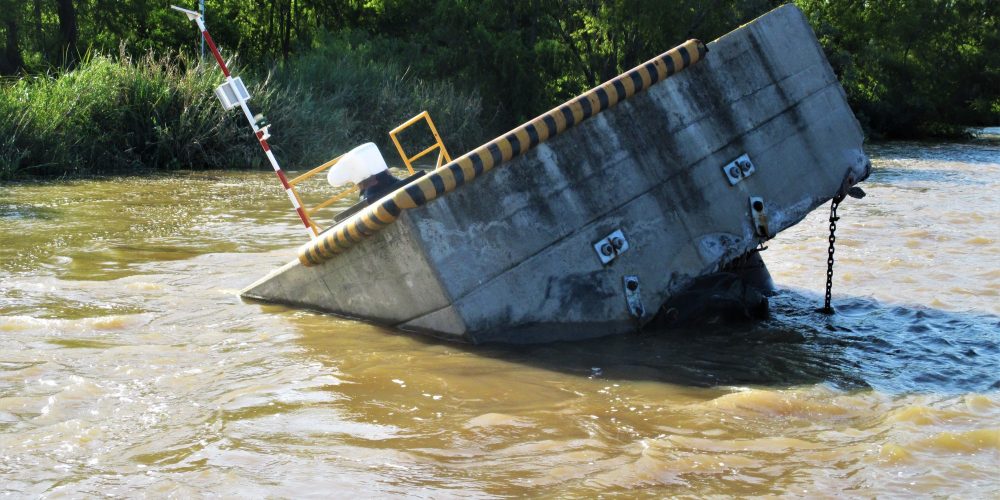
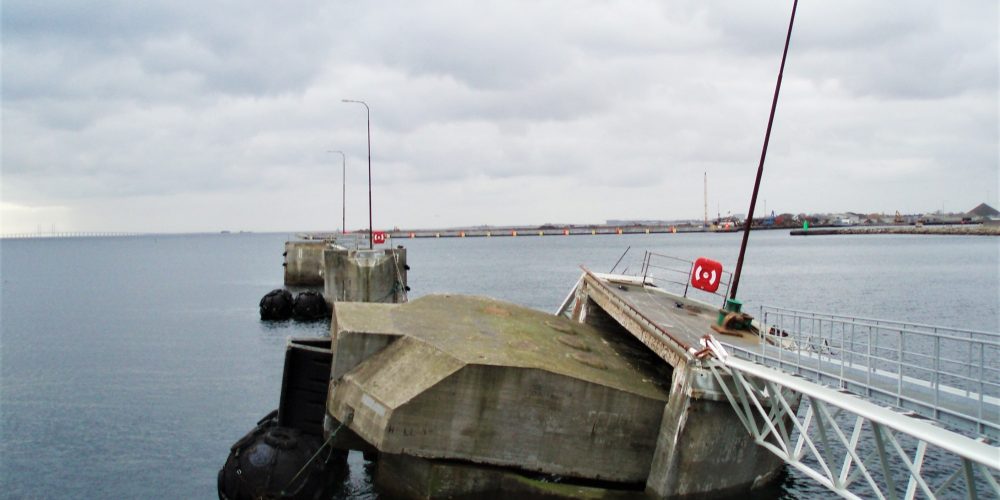
Dolphins
A dolphin is a fixed structure, isolated from the shore, and most commonly used for berthing or mooring purposes. Dolphins can also be used for lay-by berths and for assisting vessels to turn, for example, at the entrance to locks. Dolphins can be multi-piled, mono-piled or gravity structures.
Waves Group has investigated a sizeable number of cases where dolphins have been damaged by vessel allision, by overloading of mooring lines or fenders, or by ranging impacts. Typical types of damage we have investigated are listed below:
- Complete collapse or partial collapse, resulting in complete loss of functionality
- Permanent deflection of the dolphin, resulting in some/all functionality being retained
- Historical / pre-existing damage and its effect on new damage
- Damage to the dolphin platform, fendering or mooring equipment
Dolphin layout and size are also factors we have often investigated when considering Unsafe Berth and Unsafe Ports claims.
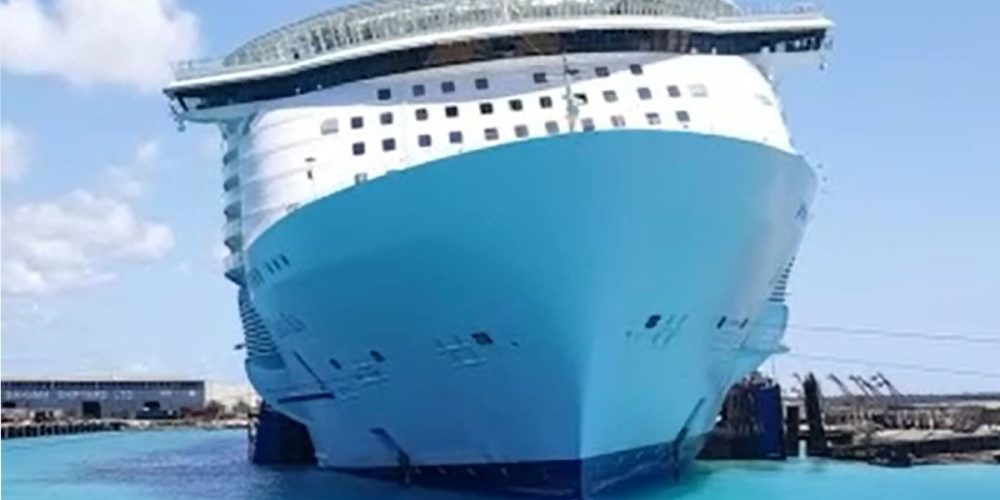
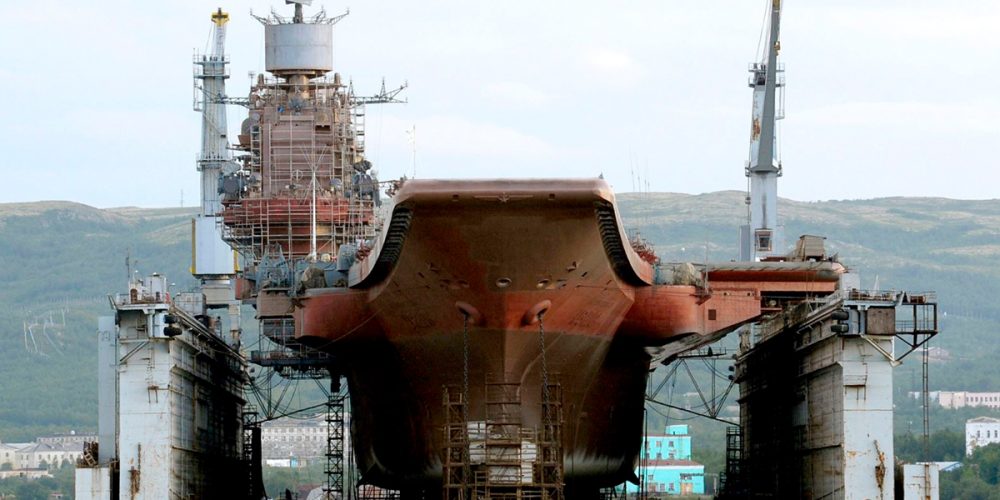
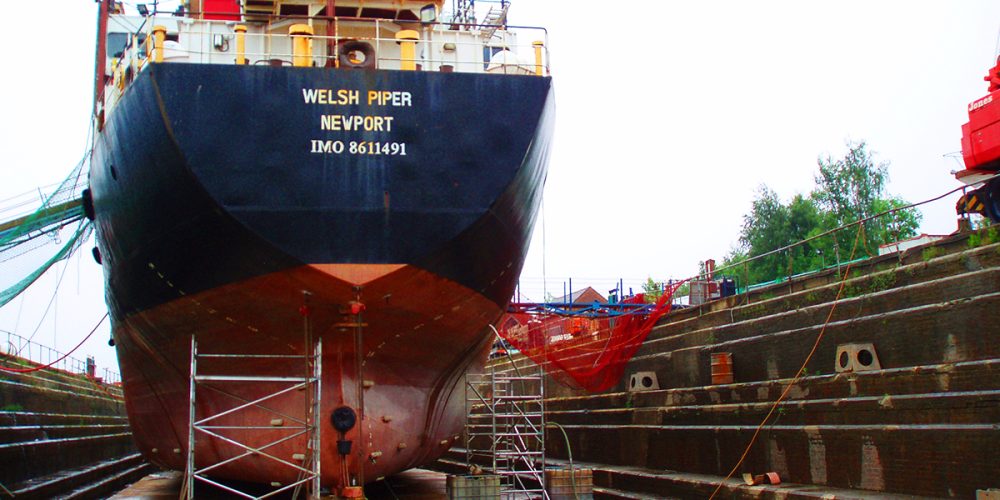
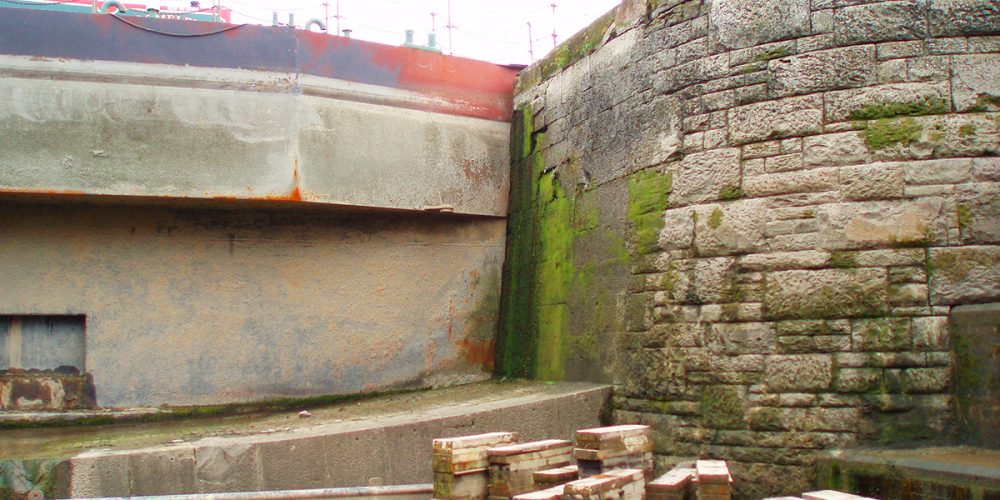
Dry Docks
A Dry Dock is a man-made basin designed to receive vessels in order that they may be repaired in the dry. Dry docks can be flooded to allow a vessel to enter. After the vessel is in place the dock is drained while the vessel’s hull bears against a platform on the basin floor and is supported on either side by a series of specially positioned props.
Dry docks built into the land at the water’s edge are known as Graving Docks. Dry docks can also be floating structures, moored against a quay or jetty. A floating dry dock is essentially a type of pontoon, featuring floodable buoyancy chambers and a “U”-shaped cross-section. All dry docks have gates at their entrance to seal the basin once the water has been pumped out.
Waves Group has experience of investigating a number of cases where a dry dock has been damaged due to vessel impact. Typical types of damage we have investigated are listed below:
- Dry dock gate damaged resulting in loss of functionality
- Damage to dry dock structure or equipment (e.g. cranes) as a result of issues associated with the vessel’s entrance into the dock or the support to the vessel as the dock is drained
- Damage to the external structure of a floating dry dock due to vessel allision
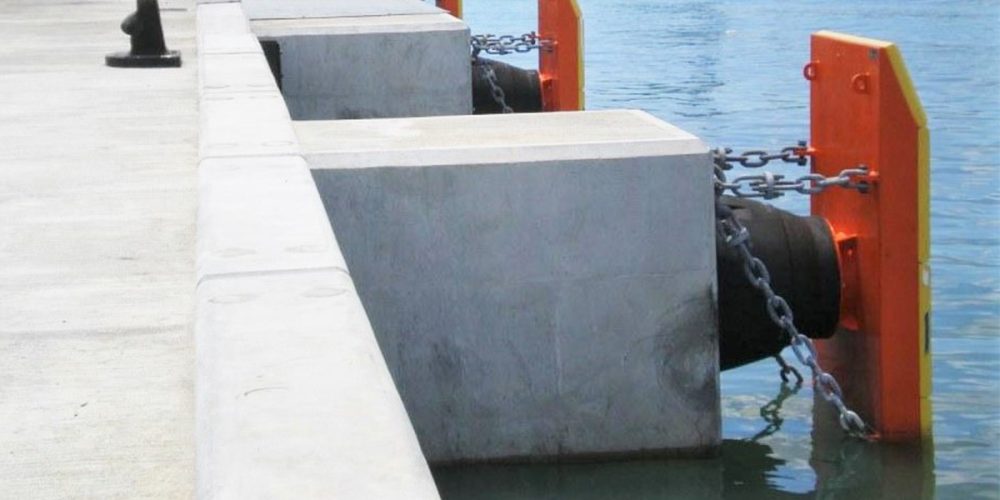
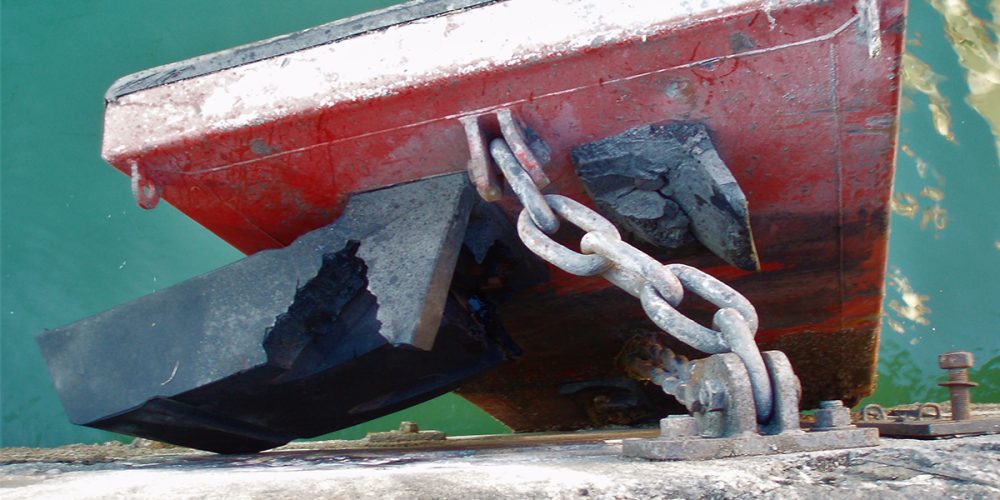
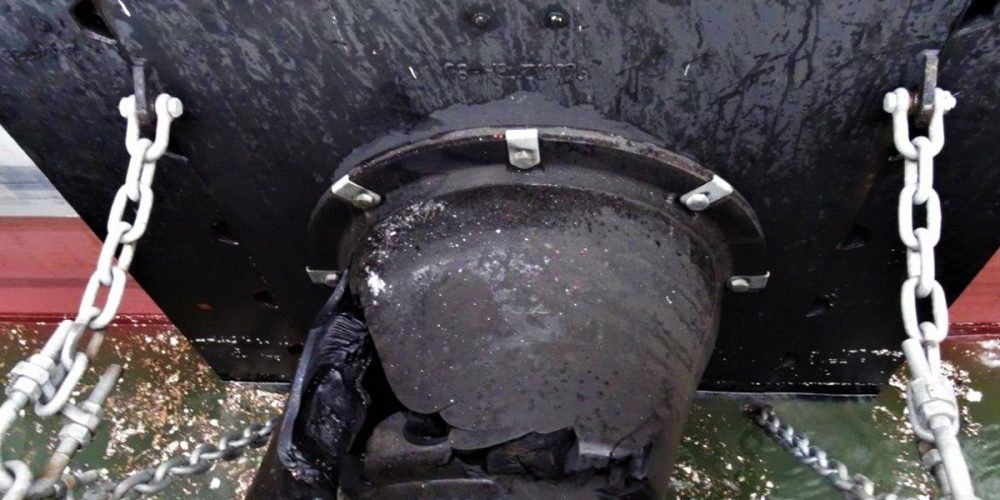
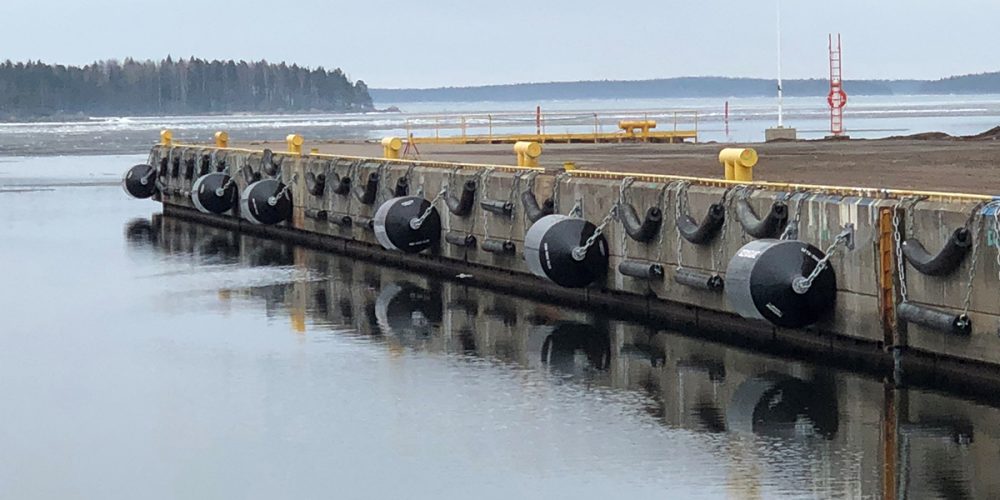
Fender
A fender is a device that protects a structure from damage due to impact by a vessel. Fenders come in many different types and materials. Modern fender systems can comprise a steel fender panel, faced with polyethylene pads, attached to a rubber cylinder or cone which in turn is attached to the structure. Fenders can also be air-filled (pneumatic), foam filled or made from timber.
Waves Group is an active member of PIANC’s Maritime Navigation Commission Working Groups (MarCom), which includes the design of fendering. Waves Group has investigated a sizeable number of cases where fendering has been damaged by vessel allision, including reviewing the design characteristics and condition for potential Unsafe Berth claims. Typical types of damage we have investigated are listed below:
- Fender system partially or completely torn off support structure
- Compressible element of fender split or sheared
- Fender system generally intact but superficial damage to fender panel, including loss of low friction pads
- Fender chains pulled out of their fixings
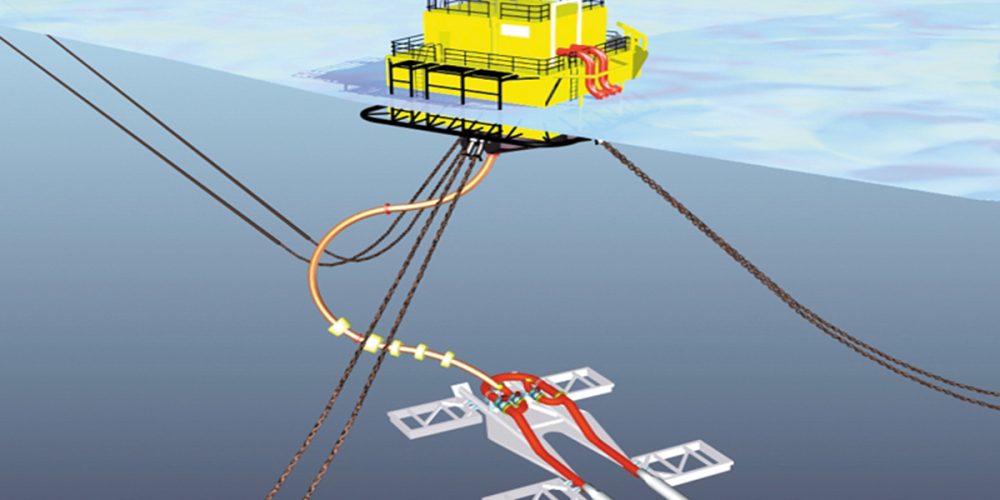
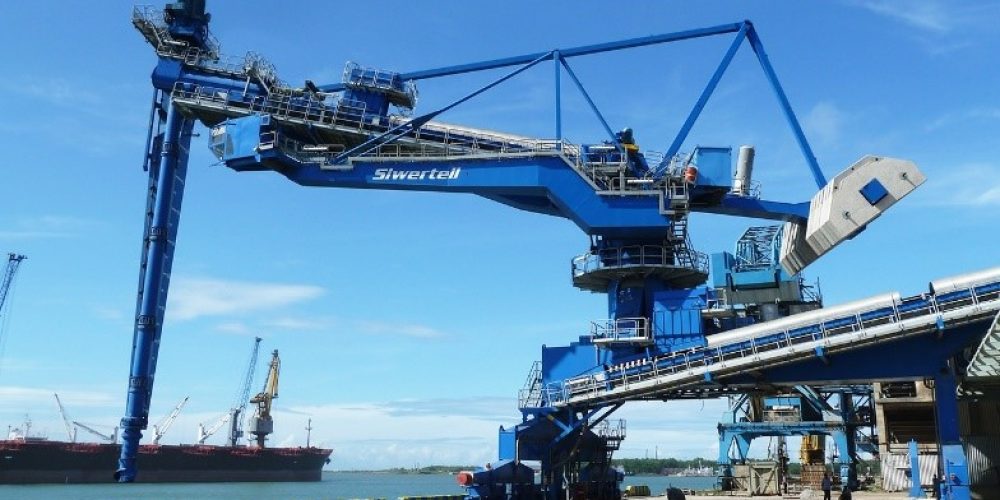
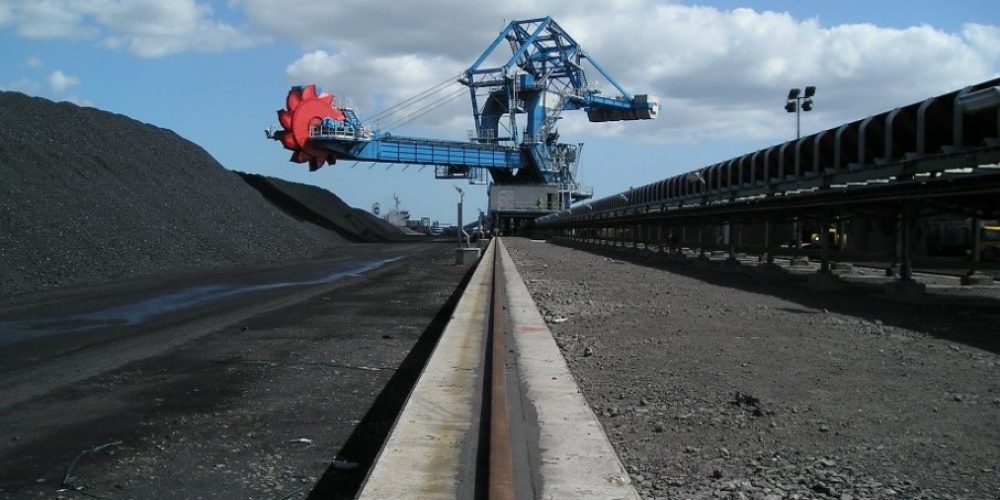
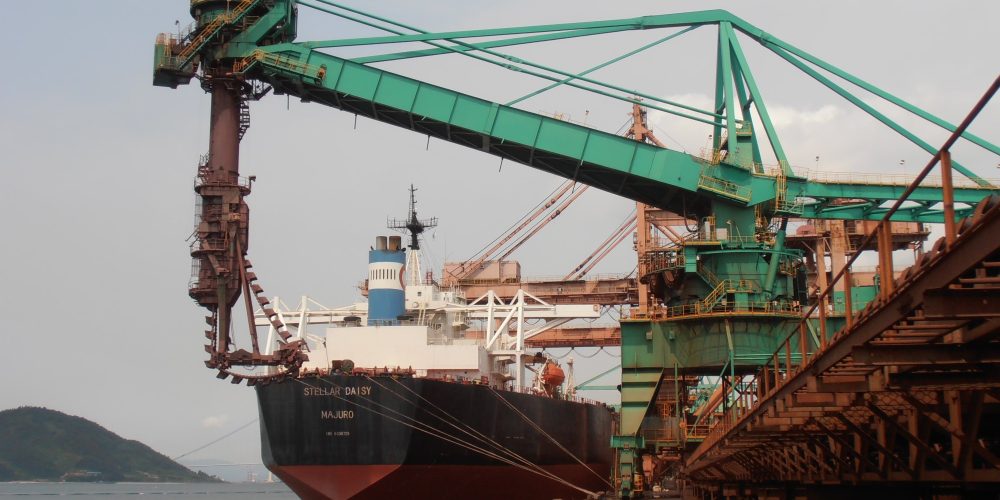
FPSO
Under construction.
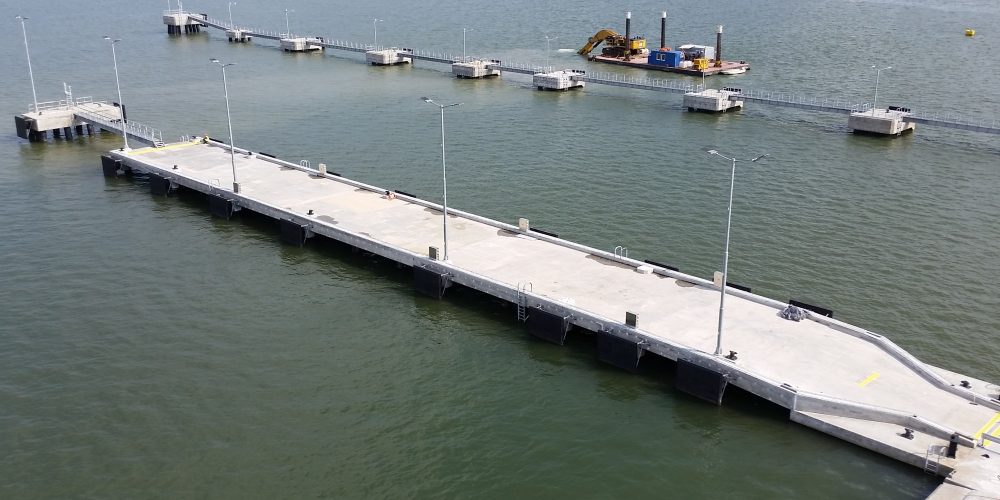
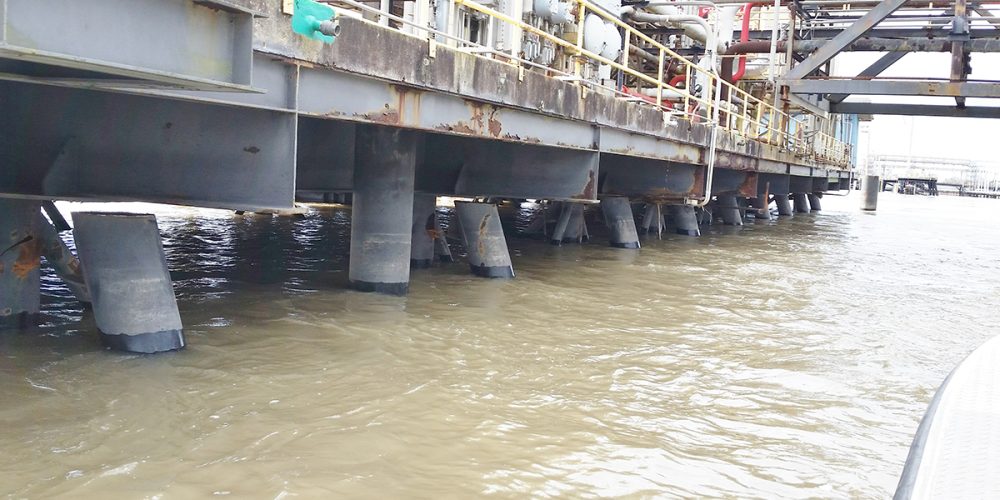
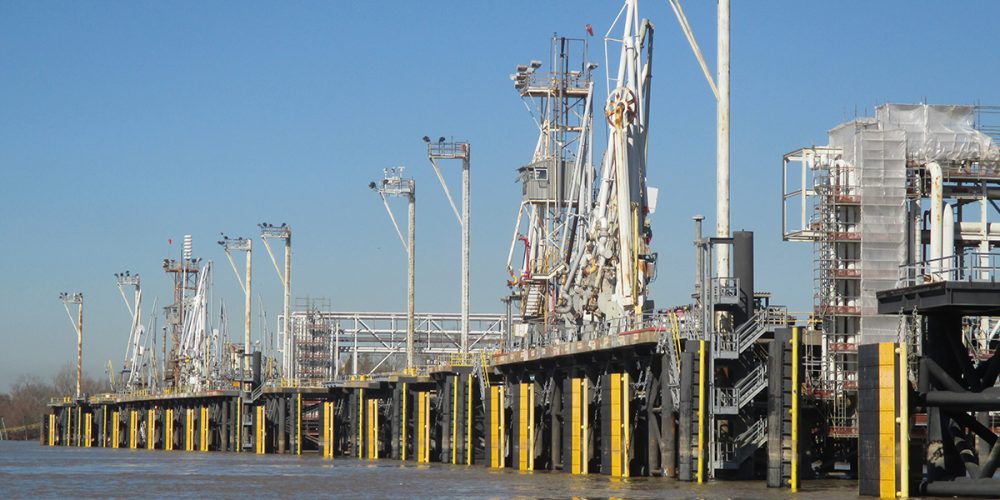
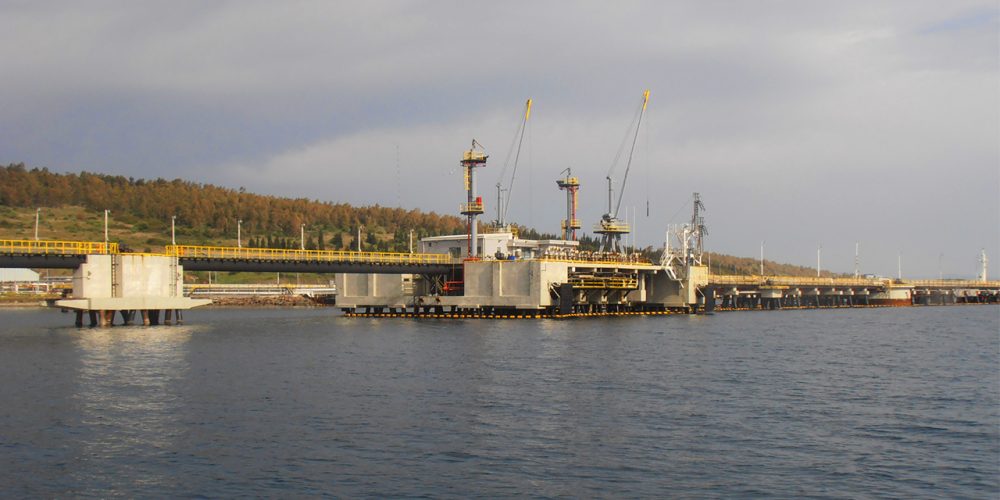
Jetty
A jetty is a landing place where vessels may tie up and load or unload. It is usually constructed in deep water some distance offshore. It will normally be constructed from piles with a suspended deck – the open structure allows tides and currents to flow through with less impact on the hydrodynamic regime than a solid structure would have. Typically, a pier or jetty will comprise an approachway (or approach bridge) at an angle from the shore and jetty head aligned with the current flow.
Waves Group has experience of investigating many cases where jetties have been damaged or destroyed by hard contact or vessel allision, by overloading of mooring lines or fenders, or by ranging impacts. These investigations also provide an early indication to whether there is potential for an Unsafe Berth/ Port claim. Typical types of damage we have investigated are listed below:
- Complete or partial collapse, resulting in complete or reduced loss of functionality
- Permanent deflection of the jetty, resulting in some/all functionality being retained
- Historical / pre-existing damage and its effect on new damage
- Damage to the jetty and /or its fendering or mooring equipment
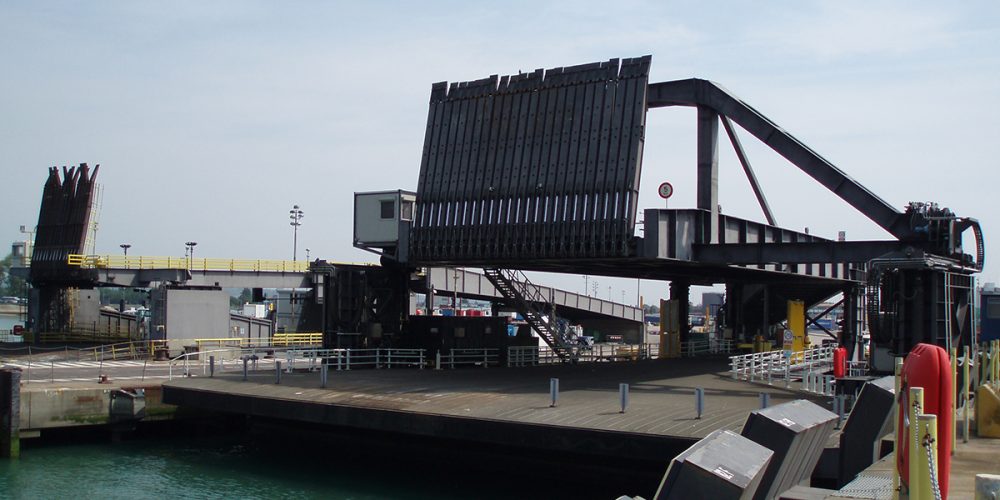
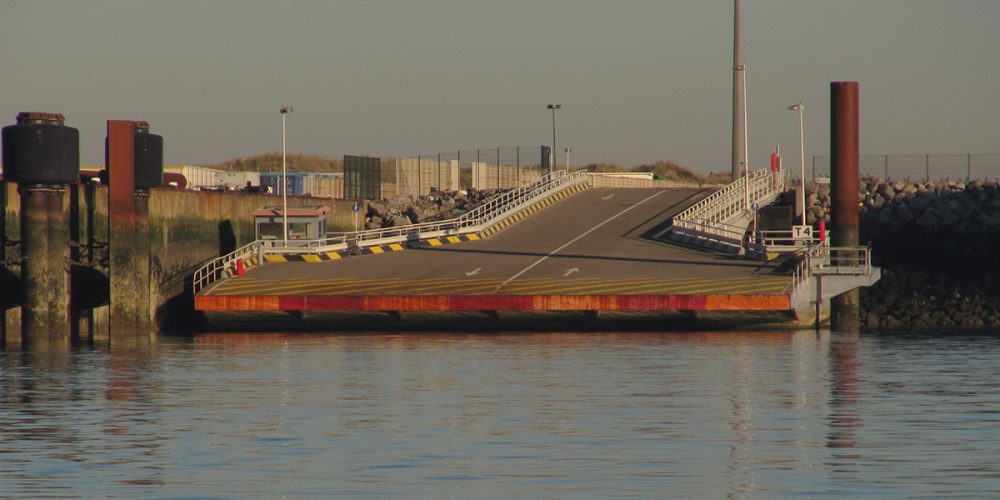
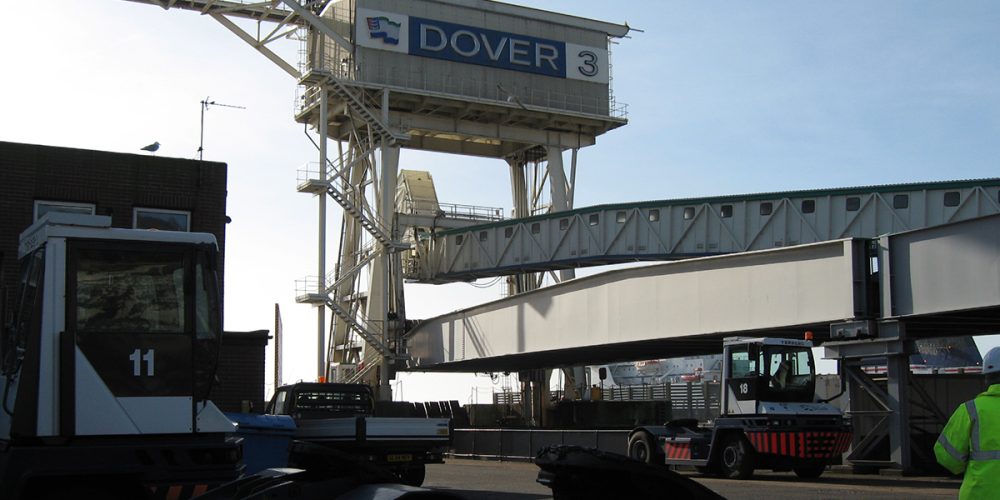
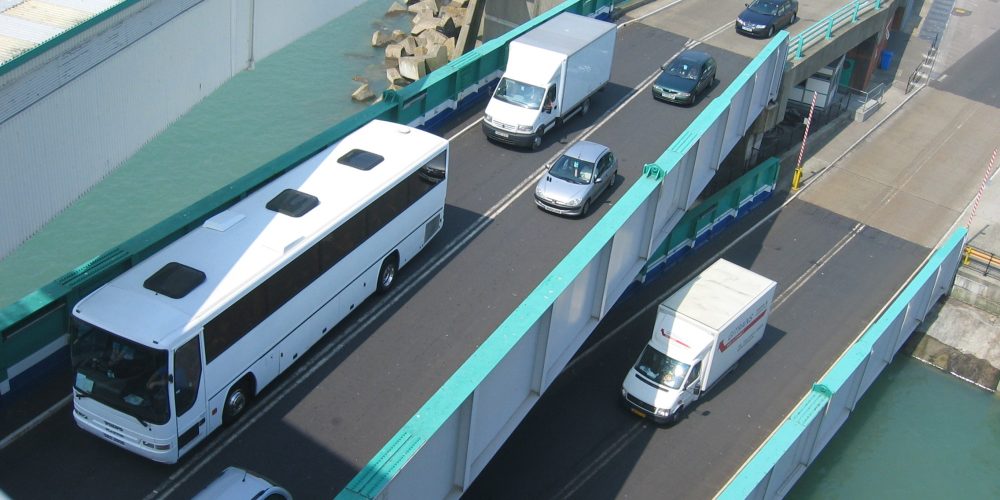
Linkspan (Ramp)
A linkspan is a self-supporting ramp typically used to transfer vehicles (usually road and, more rarely, rail) between the shore and a vessel. Linkspans are hinged at the shoreward end and adjustable at the waterside end in order to accommodate tidal fluctuations and / or vessel trim changes. The adjustment can be achieved by the linkspan’s own buoyancy or by hydraulic cylinders or winches and cables mounted on independent fixed structures. Linkspans can be single decked or double-decked to suit the vessels being served. Linkspans are most commonly used to serve ro-ro ferries.
Waves Group has investigated cases in which linkspans have been damaged by hard contact or vessel allision. Typical types of damage we have investigated are listed below;
- Failed bearings, resulting in complete or reduced loss of functionality
- Historical / pre-existing damage and its effect on new damage
- Damage to the linkspan structure and mechanicals
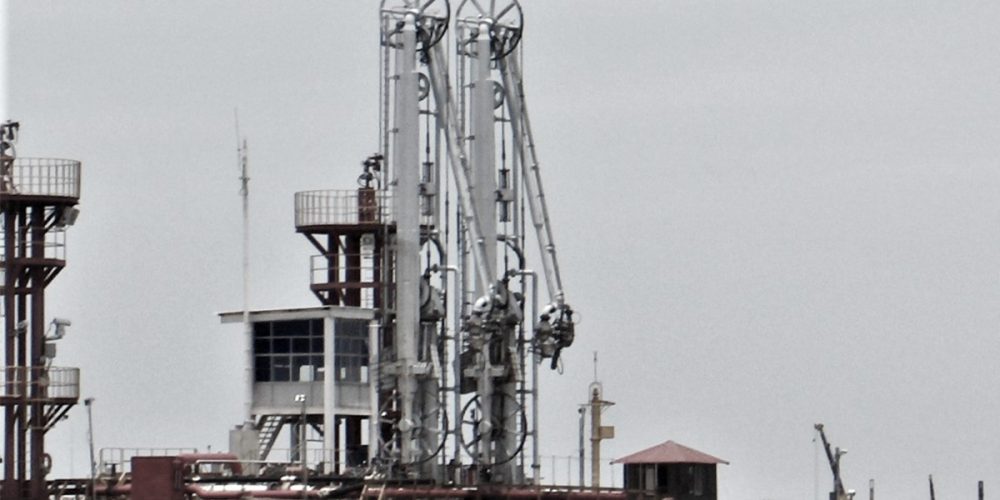
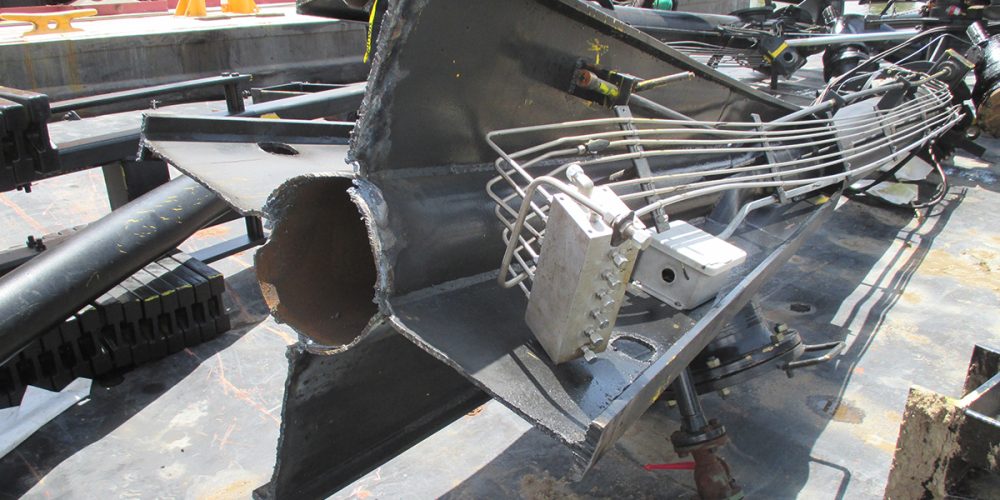
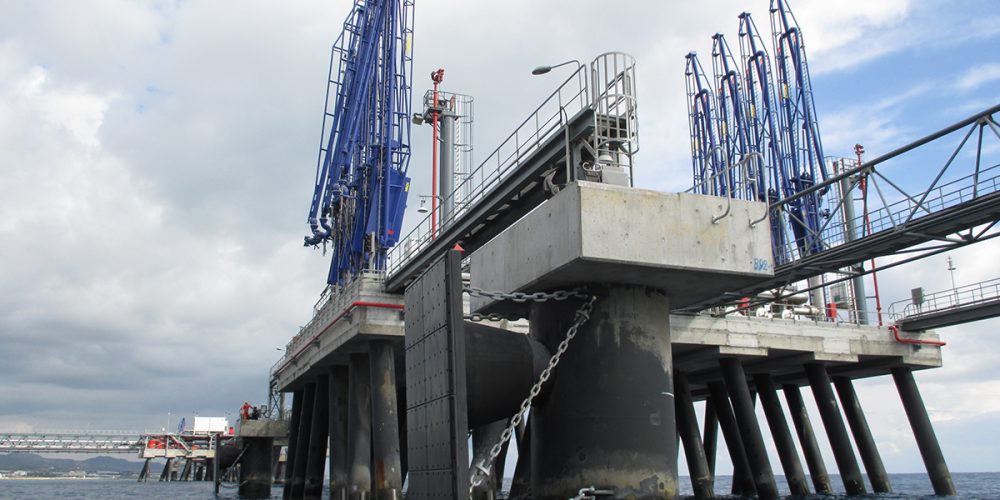
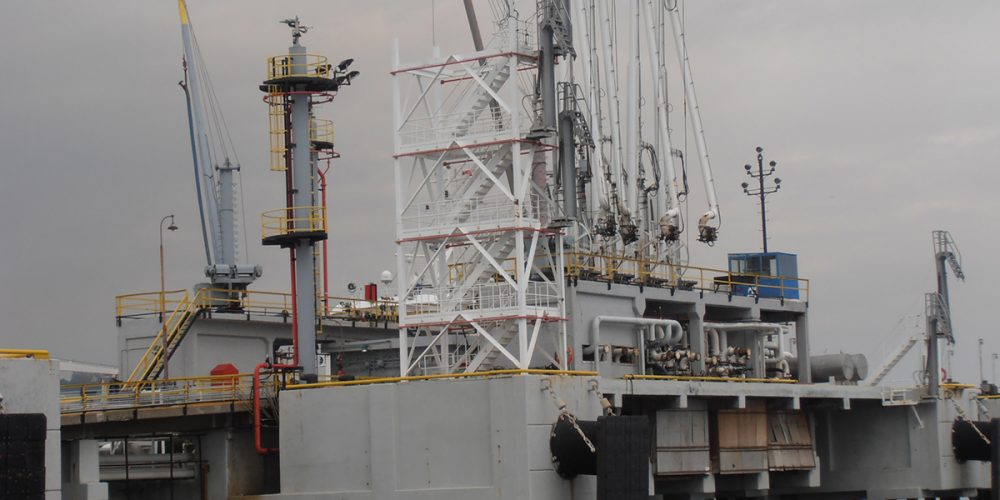
Loading / Chiksan Arm
marine loading arm is a system of articulated pipes achieving six degrees of movement to accommodate the motions of a vessel on a berth that can connect to the manifold of a tanker enabling the transfer of liquid products, such as oil and petrochemicals , The pipework is manoeuvred by a rigid pantograph arm or a system of sheaves and pullies that are kept in balance by counterweights. The loading arm is connected to the vessel’s manifolds by either a bolted flange or a quick connect / disconnect (QC/DC) coupler.
Loading arms vary in their degree of sophistication and may be manually operated by ropes or more usually powered by hydraulics. The loading arm has a safe operating envelope with excursion alarms, which might include an emergency release system (ERS). Marine loading arms are commonly referred to as Chiksans®, which is trade name used by Technip FMC.
Waves Group has experience of investigating many cases where loading arms have been damaged or destroyed by vessel contact. Typical types of damage we have investigated are listed below that result from exceeding the operation envelope when connected (sometimes involving wash from a passing vessel) or an allision during berthing operations:
- Complete or partial collapse, resulting in complete or reduced loss of functionality
- Historical / pre-existing damage and its effect on new damage
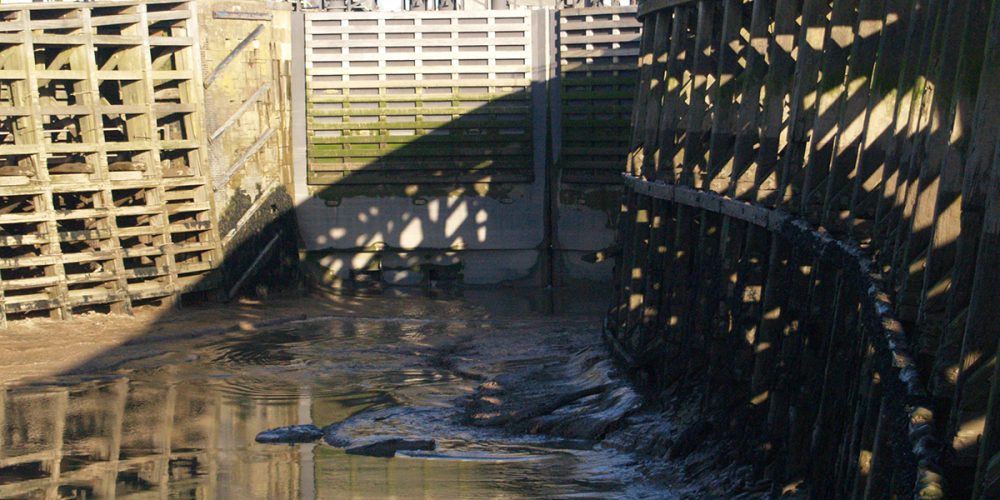
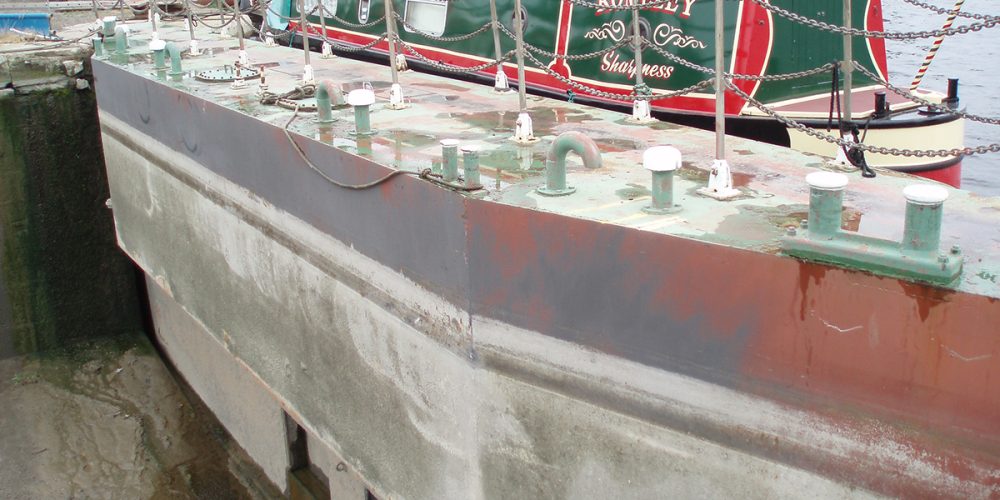
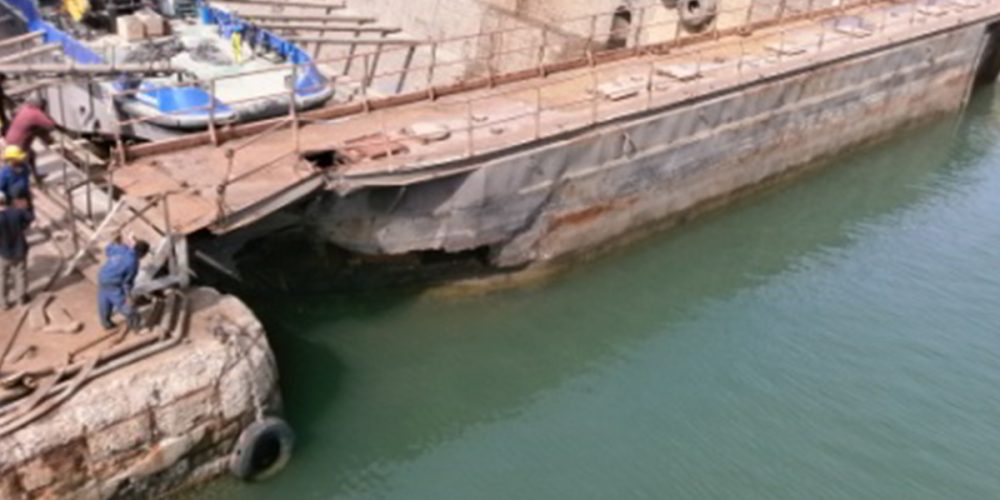
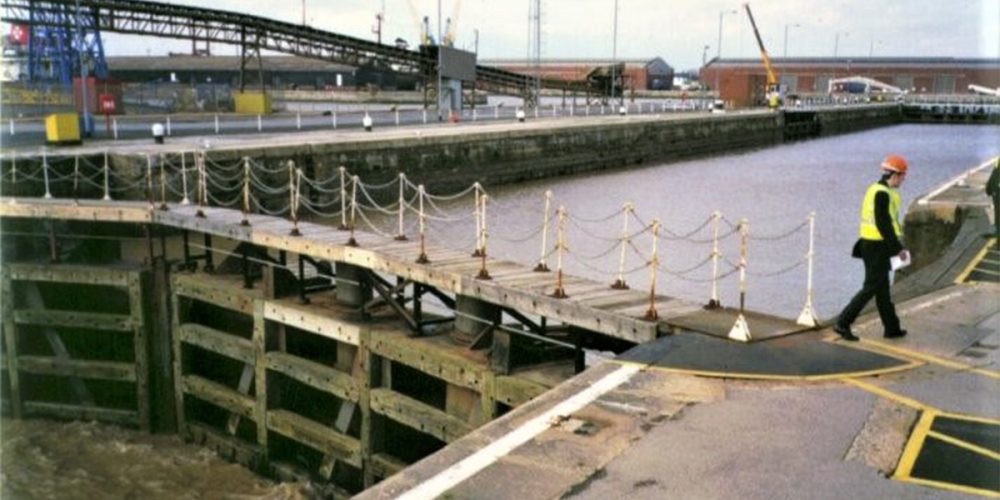
Lock Gates
Gates at either end of a lock to maintain differential water levels. The gates can be opened sequentially to allow passage of vessels while retaining the water in the impounded basin or canal. They may be of several types but will frequently be mitre or sector types. A dry dock has a gate to close off the open end and might be of the floating caisson type that is sunk in position to create the seal.
Waves Group has experience of investigating lock gates and support structures damaged by vessel allision.
- Partial failure resulting in reduced loss of functionality
- Historical / pre-existing damage and its effect on new damage
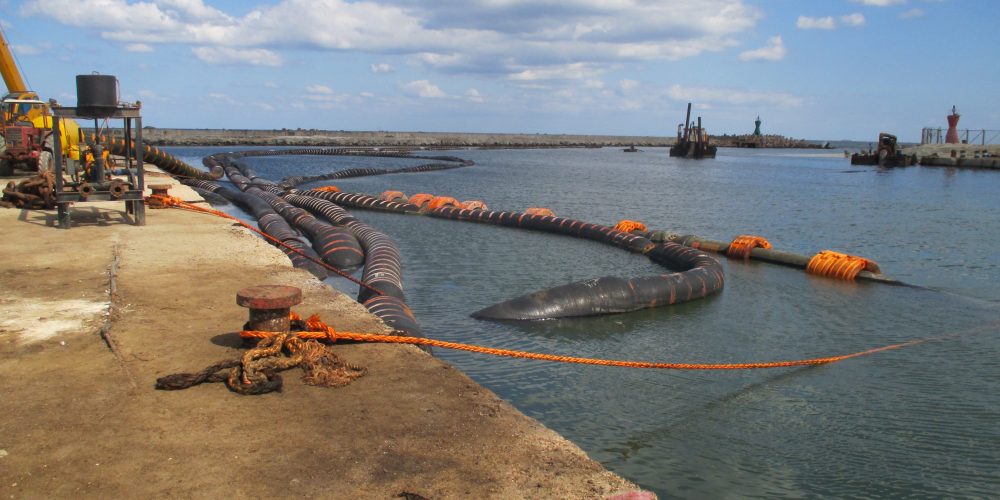
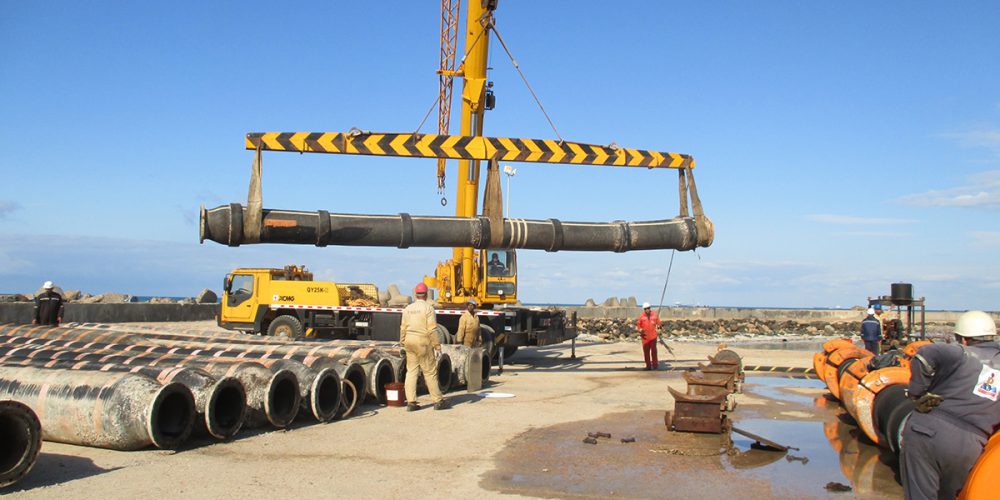
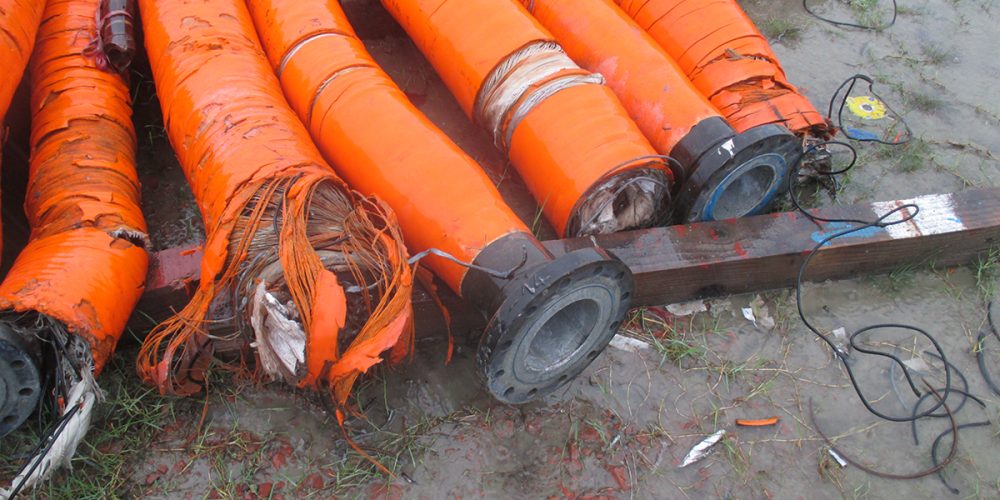
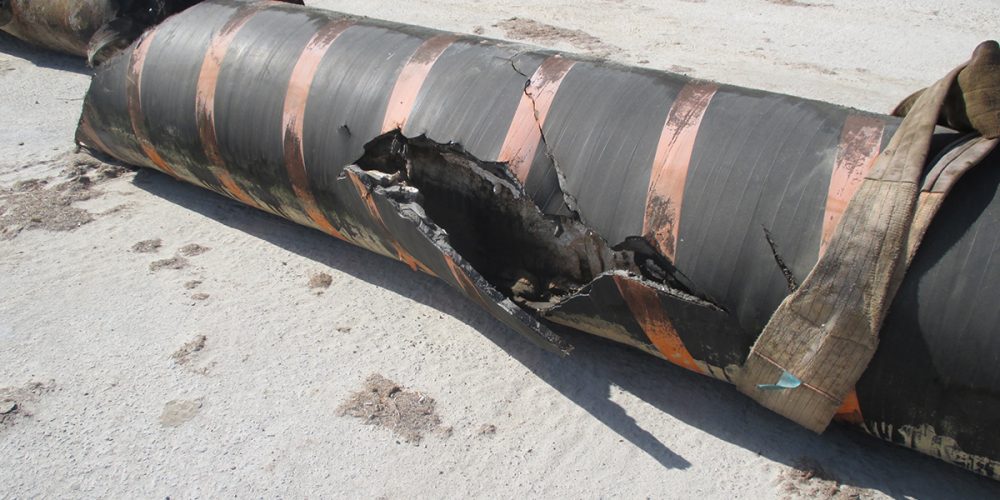
Marine Hoses
Marine hoses are fabricated from reinforced composite materials and are used to connect pipelines flexibly to vessels. Submarine hoses are used to connect a Pipeline End Manifold (PLEM) with the shore-based terminal and float-equipped risers connect the PLEM to a buoy from which floating marine hoses are used to convey product between ship and shore. While reasonably tough, they have limited lifetimes and their condition needs to be assessed periodically. Floating hoses are at risk of contact and damage by navigating and manoeuvring vessels, and being overstressed should the vessel suffer a break away when connected
Waves Group has experience of investigating damage to marine hoses:
- Partial failure resulting in risk of rupture and pollution
- Auto submerging of floating hose strings following contact damage
- Unsafe berth issues following break away of vessels
- Historical / pre-existing damage and its effect on new damage
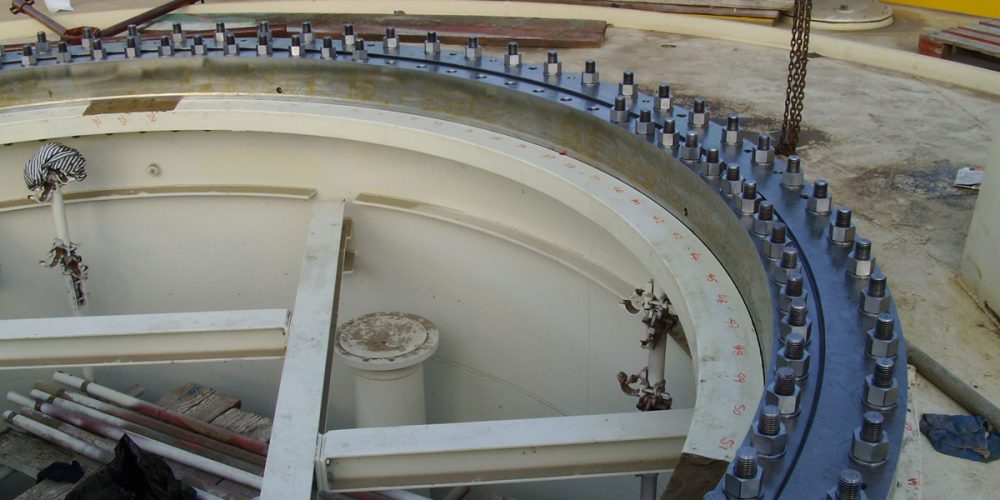
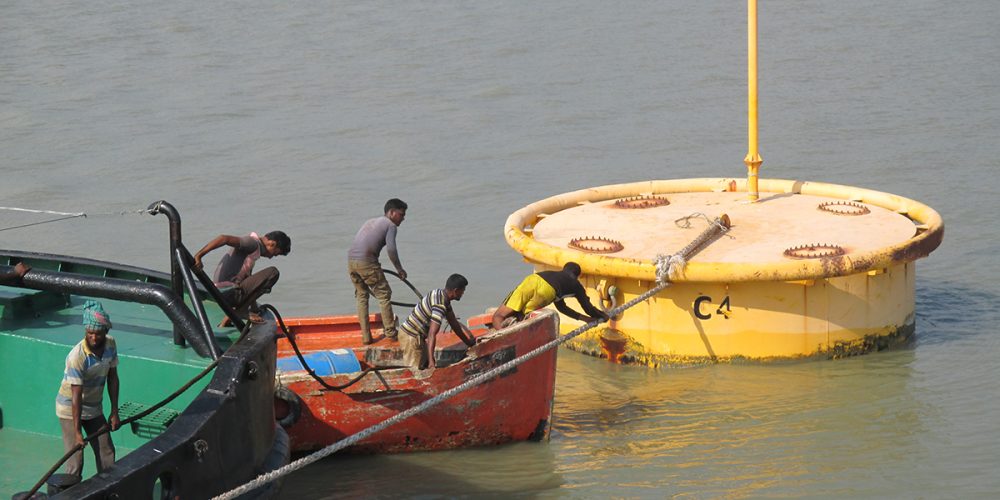
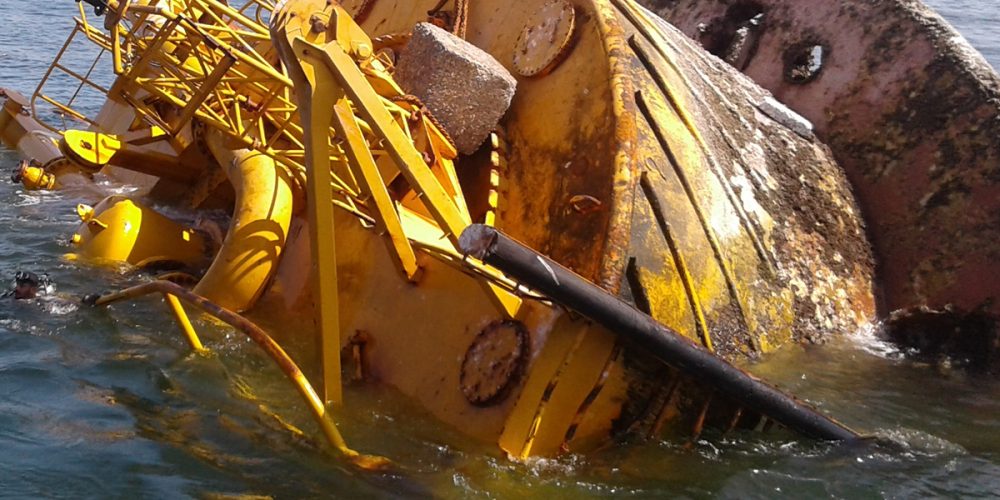
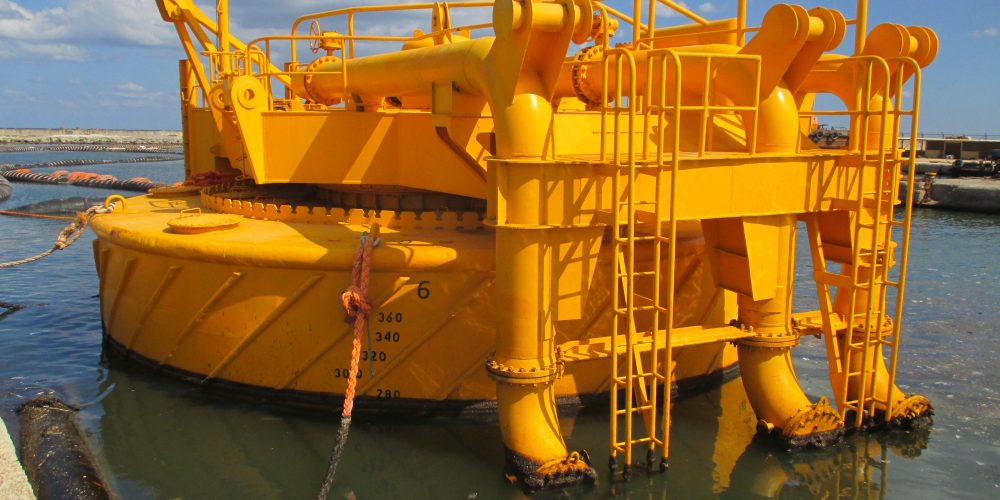
Moorings (CBM/SPM)
Moorings are laid to locate a vessel in a particular position with respect to loading / discharging infrastructure. The mooring will be orientated or arranged to minimise environmental loads on the moored vessel and hence the mooring itself. Spread or Conventional Buoy Moorings (CBM) will fix the plan position of the vessel most usually with respect to its alignment with the strongest current flows. A Single Buoy Mooring (SBM) by contrast is a more complex structure that will permit the vessel to rotate freely in reaction to environmental loads.
Waves Group has experience of investigating damage to moorings including Conventional Buoy Moorings (CBMs or spread moorings) and Single Buoy Moorings (SBMs):
- Partial failure resulting in reduced functionality
- Historical / pre-existing damage and its effect on new damage
- Dragging of buoys and PLEMs
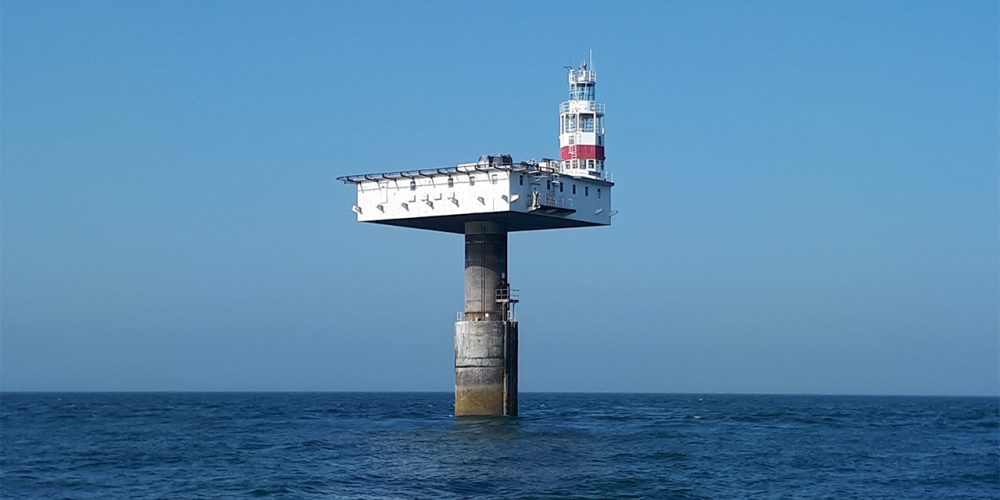
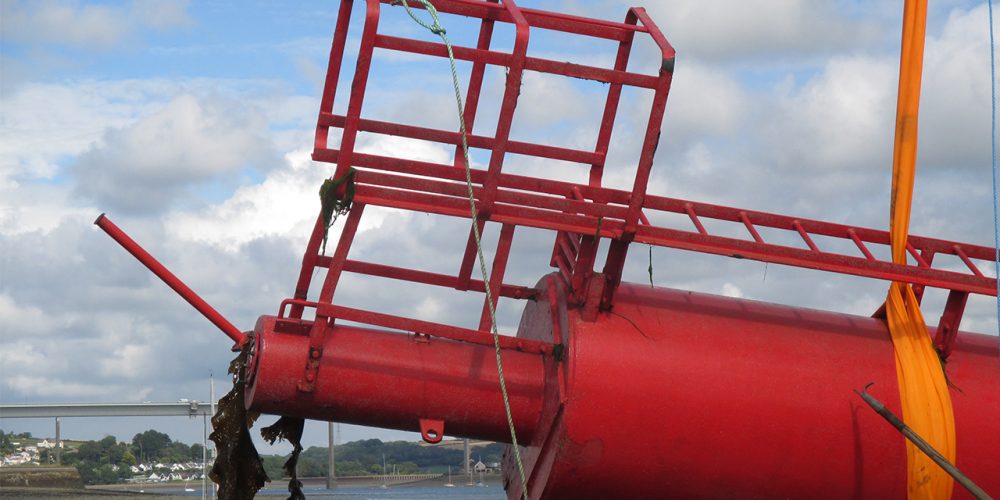
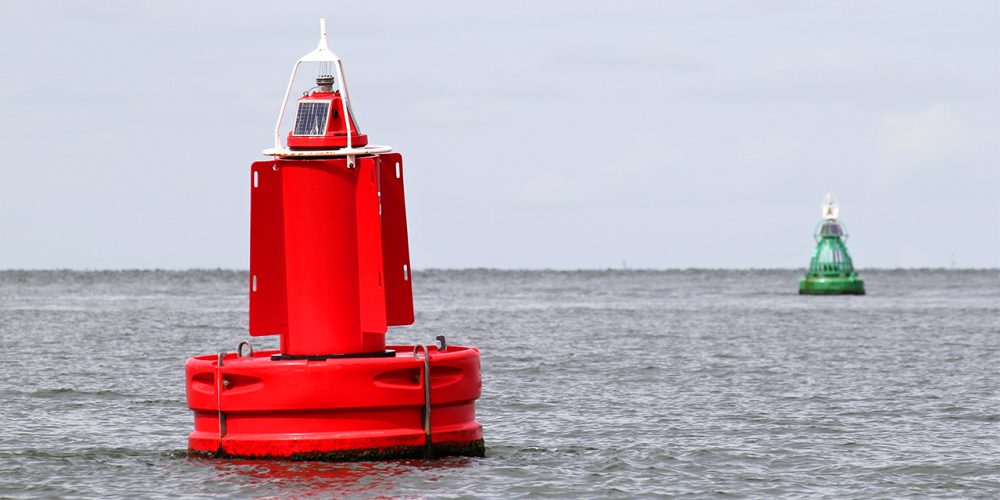
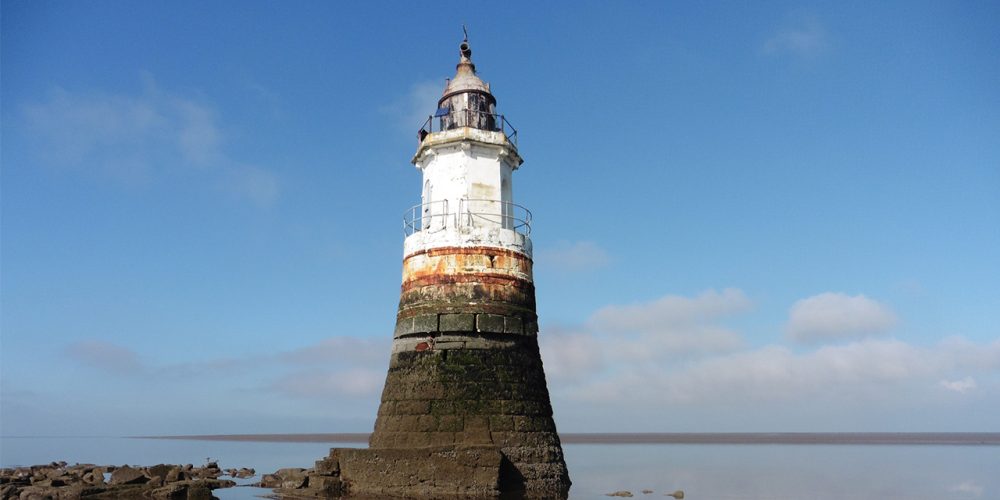
Navigation Aids
Navigation Aids
Navigation aids are the items of physical infrastructure that help vessels to transit in and out of ports safely. Light houses, marker buoys and fixed navigation lights are the most common navigation aid involved in FFO incidents. Navigation aids are frequently mounted on dolphins and quays and as a result can frequently be considered as secondary damage in major FFO cases.
Waves Group has experience of investigating several cases where navigation aids have been damaged by vessel allision. These have included:
- Complete collapse of mono-pile channel markers
- Damage to stonework bases for an offshore lighthouse
- Major damage to other marine structures, such as dolphins, quays and offshore platforms, supporting incidental navigation aids
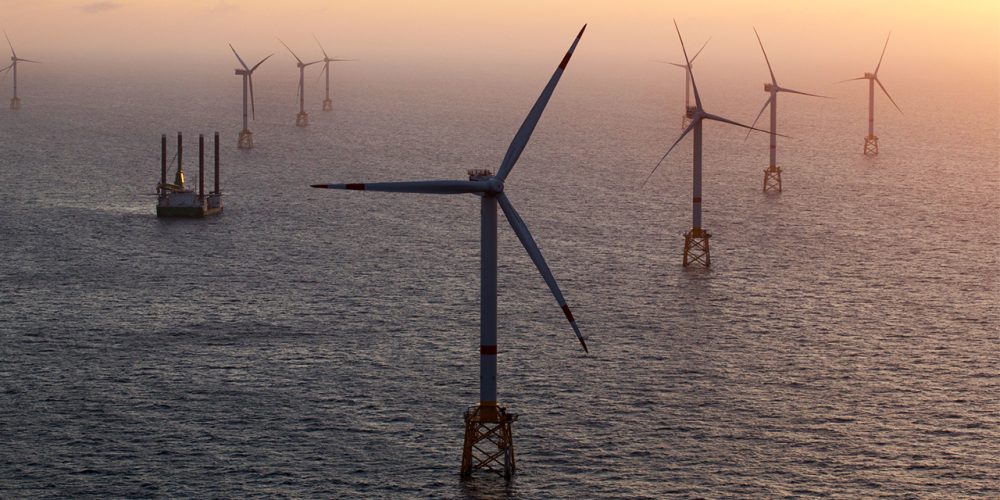
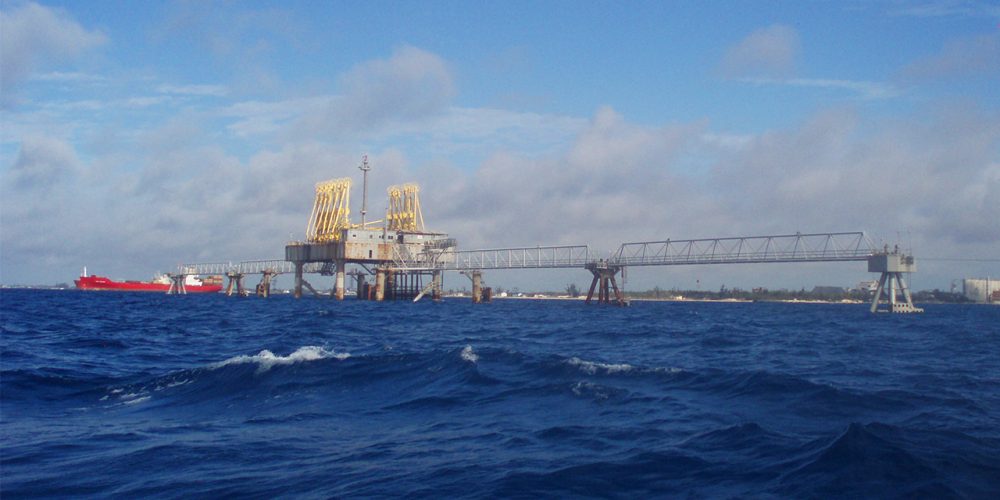

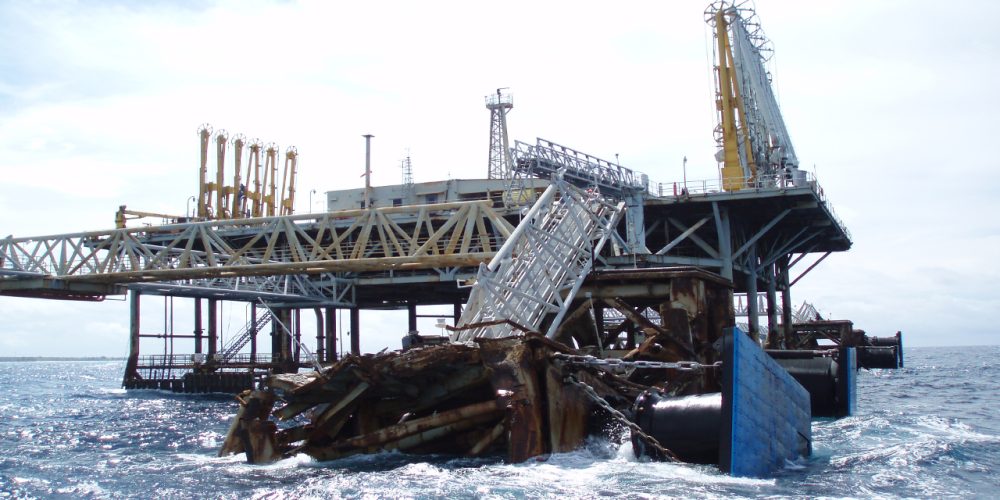
Offshore Facilities
The term Offshore Facilities encompasses a wide range of structures from lighthouses, sea islands, oil and gas platforms, and offshore wind turbines.
The form of construction can range from a single driven steel pile supporting navigation lights and radar reflectors to multiple piles supporting large concrete decks to concrete caissons and gravity structures providing the foundations for equipment housings and wind turbines.
The inspection and repair of damage can frequently be challenging due to the remote and exposed locations of many Offshore Facilities
Waves Group has investigated cases where Offshore Facilities have been damaged by allisions with vessels. The damage can range from the complete collapse to the displacement of the whole structure to local damage to individual structural members and equipment.

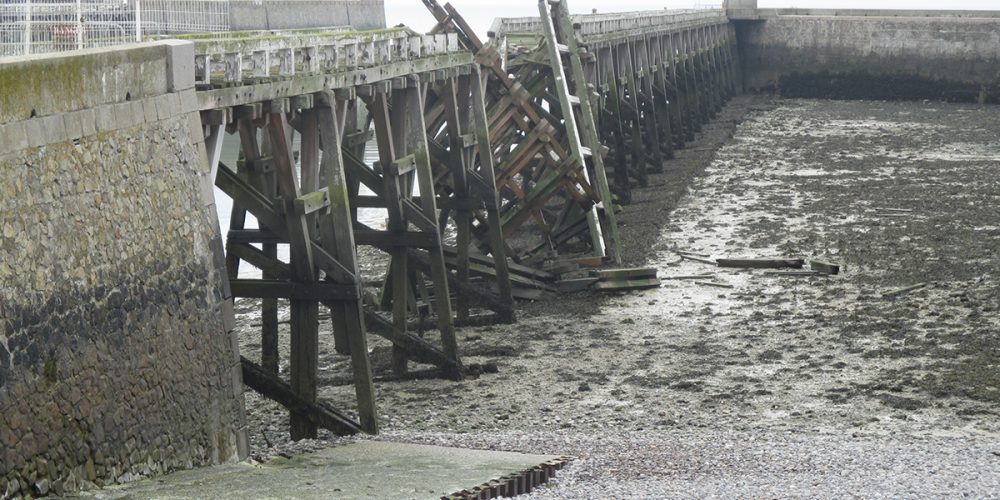
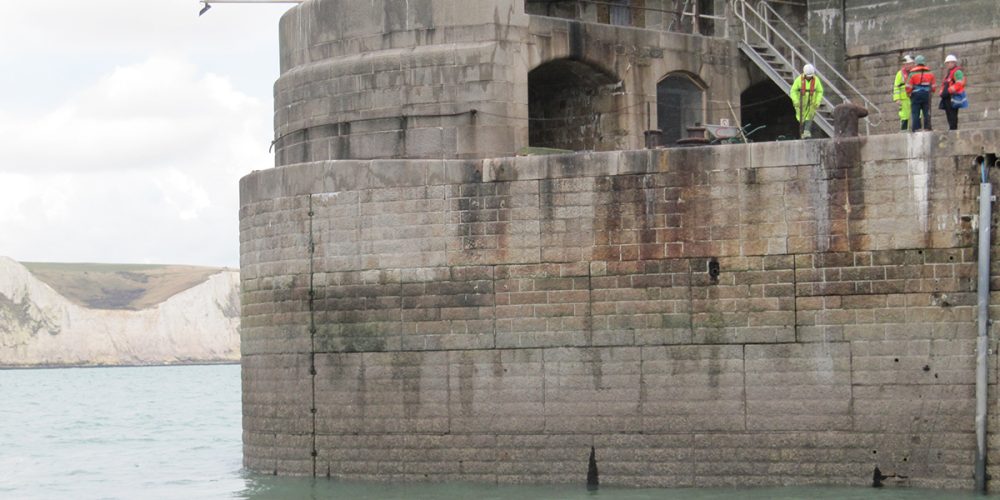
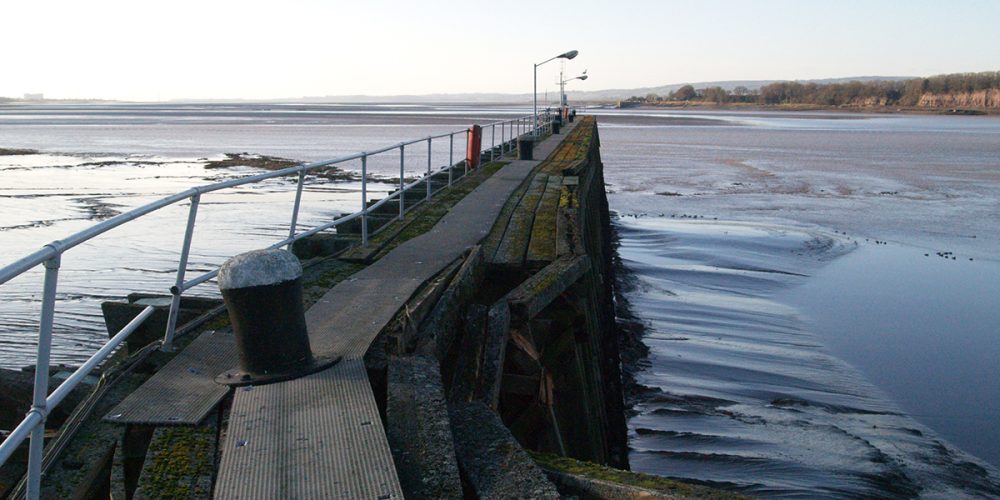
Pier
In common usage, pier is interchangeable with jetty, quay, wharf and dock to name a few. In the UK it is more commonly used to describe a platform projecting out from the coast providing leisure or recreational facilities, or relatively small structures providing shelter alongside berths for fishing boats.
Leisure piers tend to be relatively light structures supporting promenade decks and buildings for entertainment and refreshments. Although there are exceptions, it is unusual for large vessels to berth alongside leisure piers.
Fishing piers tend to be small, (sometimes) historically important structures frequently constructed of rough or dressed stone.
Waves Group has investigated a sizeable number of cases where fishing piers or similar have been damaged. The damage normally involves the dislodging and/or fracturing of blocks or stones, especially those along the top edge of the Pier.
Similarly, Waves Group has investigated a sizeable number of cases involving damage to the lighter, more open structure used in the construction of leisure piers.
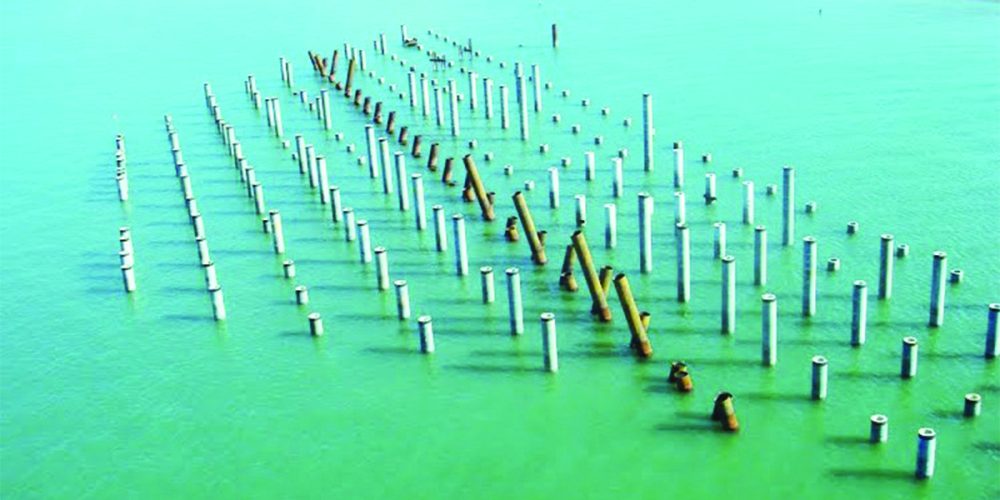
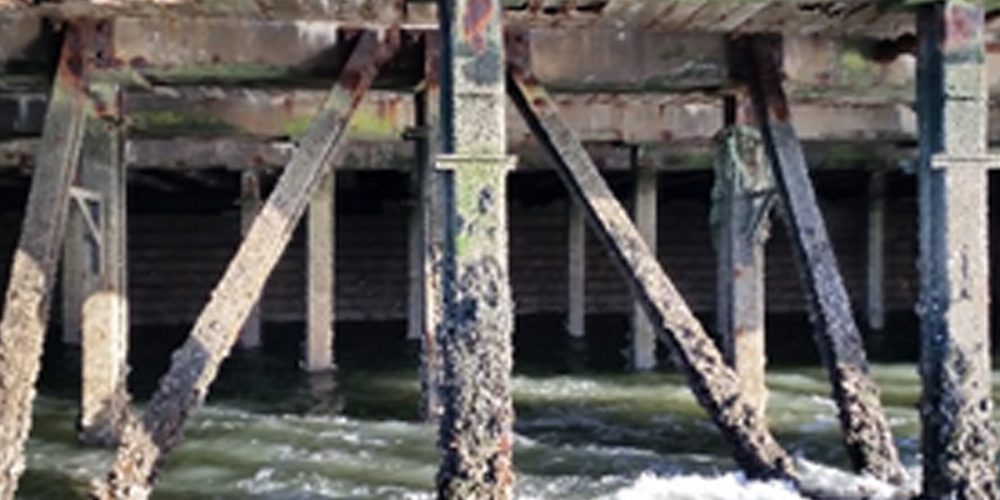
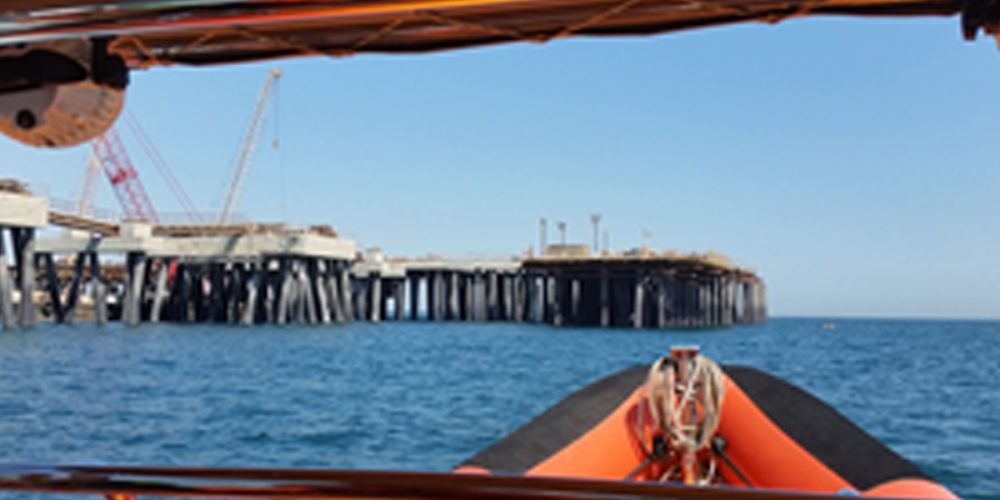
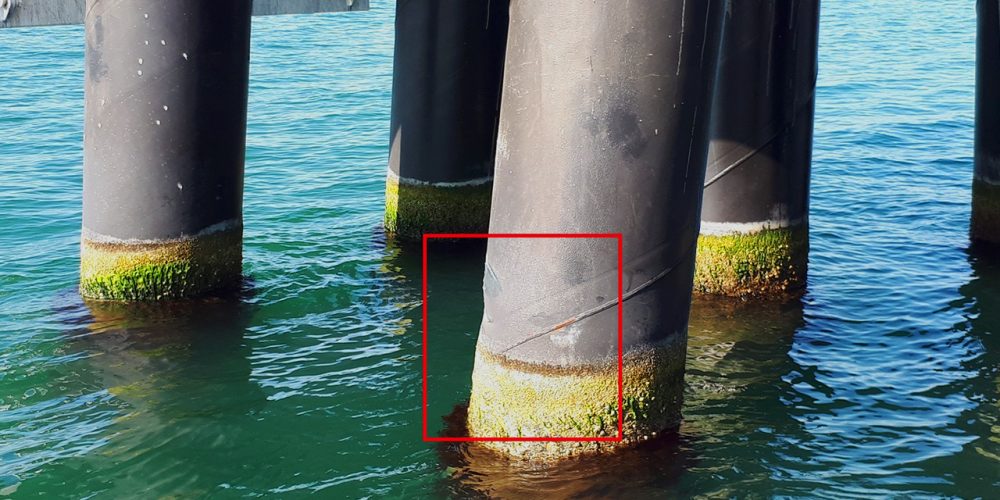
Piling
A pile is long slender structural member that is partially or completely buried in the ground or seabed. Piles can be circular, square or multi-sided, hollow or solid, and made from steel, reinforced concrete or timber.
Piles can be used individually or in groups. They are commonly designed to carry vertical loads but in marine structures it is usual for them to be designed to carry horizontal loads, or a combination of horizontal and vertical loads. Piles can either be vertical or raking.
In the marine environment piles can be used singly to form monopile dolphins, in small groups, up to 10-15, supporting multi-pile dolphins, or in large groups (tens to hundreds) under quays and approach bridges.
Waves Group has investigated a sizeable number of cases where piles have been damaged. The damage can be due to the piles being directly struck by vessels, or by the structure or facility they support having been pushed sideways during a heavy berthing contact.
Typical types of damage we have investigated are listed below;
- Complete collapse or partial collapse, resulting in complete loss of functionality
- Permanent deflection of the pile, resulting in some/all functionality being retained
- Historical / pre-existing damage and its effect on new damage
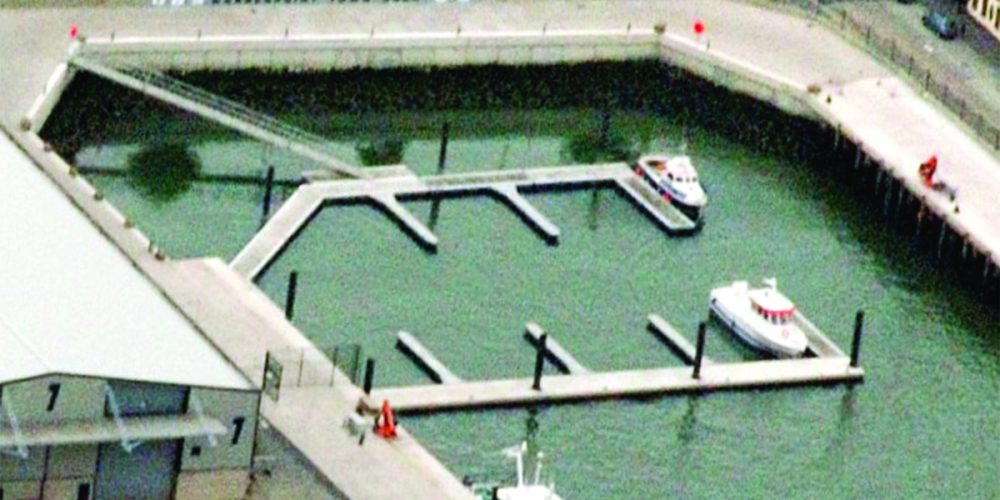
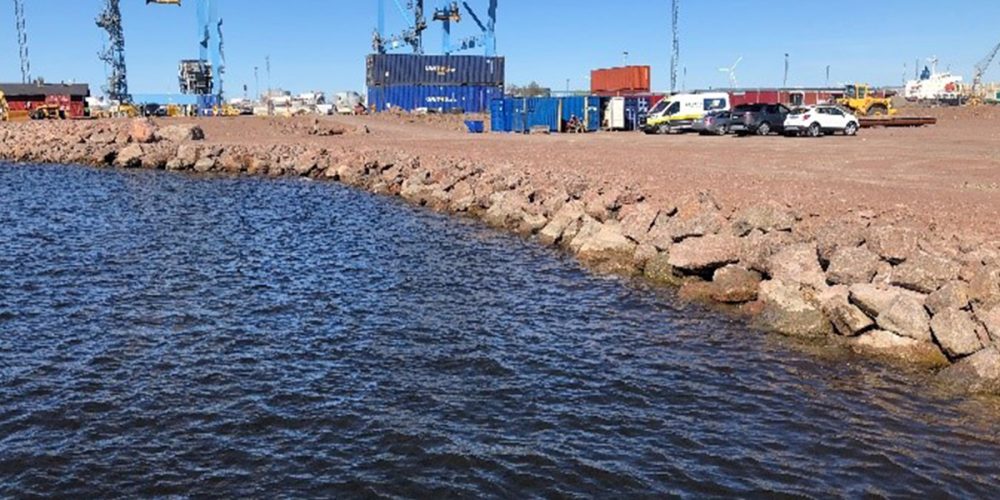
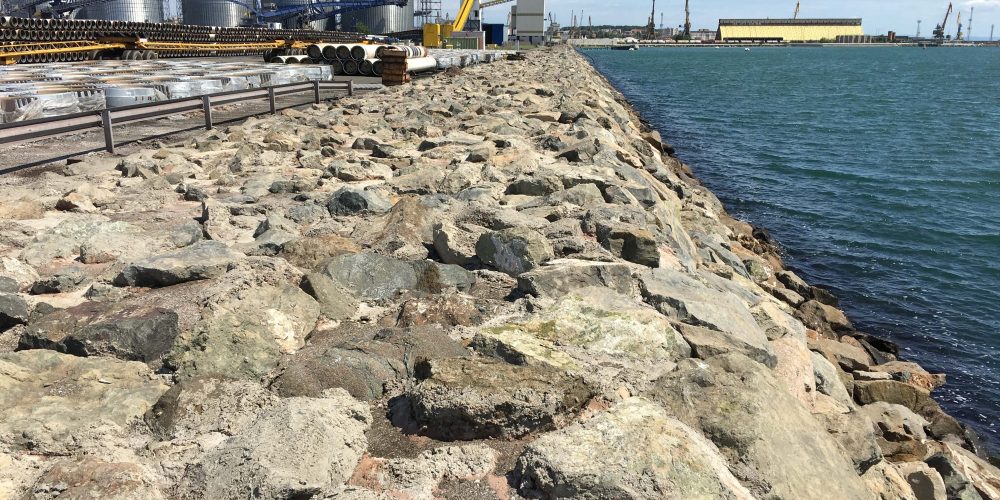
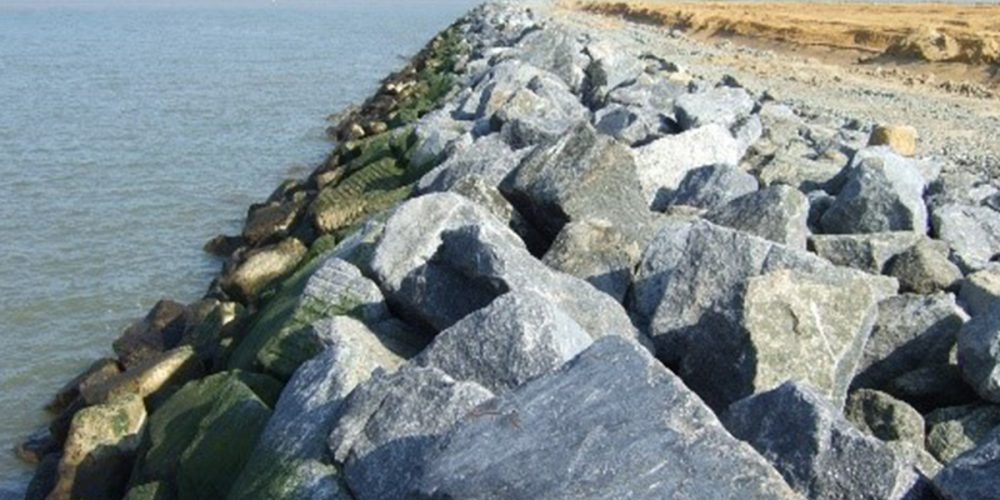
Pontoons
Under construction.
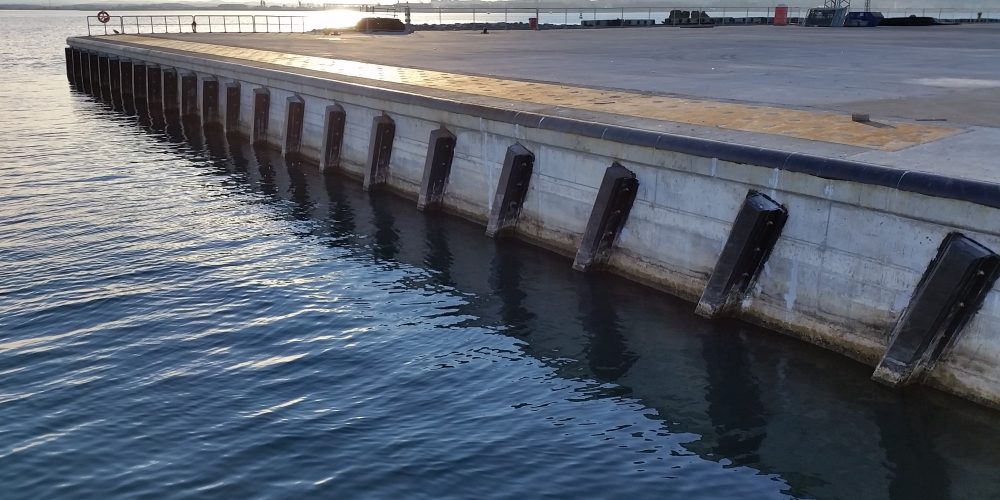
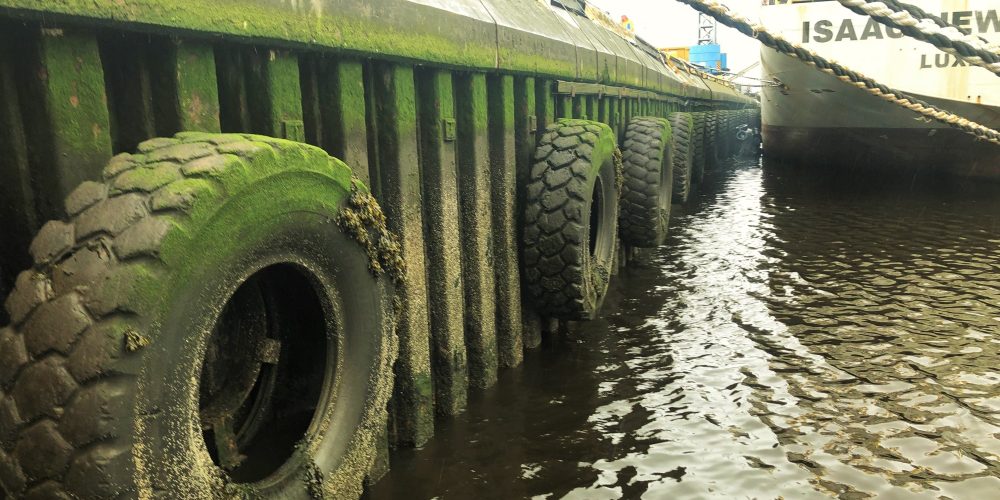
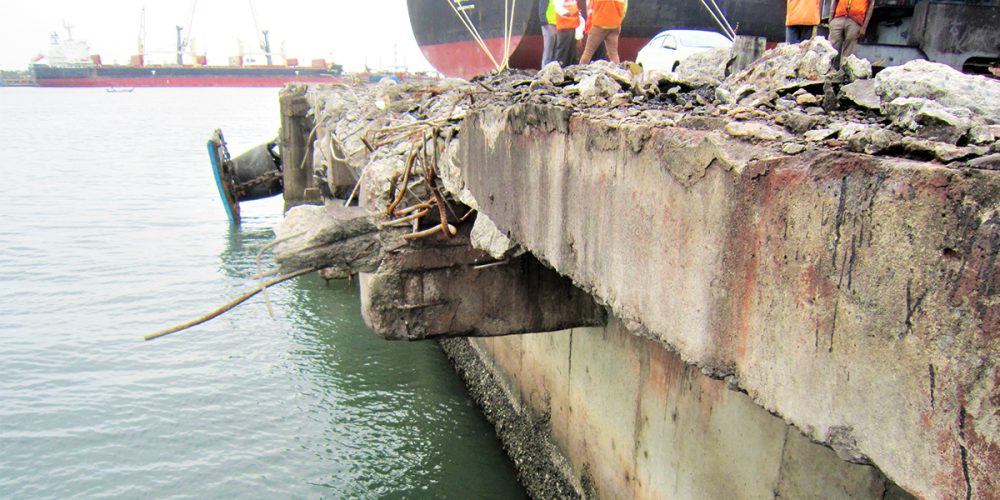
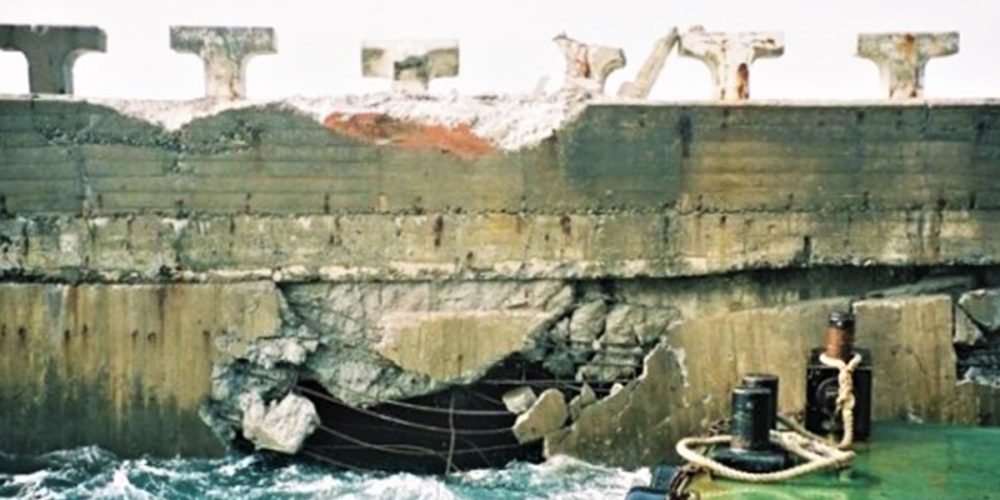
Quay Walls
A quay wall is a linear, vertical structure that can have a number of functions including:
- Providing a berthing face and supporting fenders and mooring equipment;
- Supporting rails for ship-to-shore cranes or other loaders/unloaders;
- Retaining reclaimed land that forms yard space with a port.
Quay walls can be constructed from steel sheet piles, large concrete blocks, or full height hollow concrete units called caissons. The walls can be up to 25 metres high, but with only 2-3 metres showing above water, and from a few 10s of metres to a number of kilometres in length.
Waves Group has investigated a sizeable number of cases where quay walls have been damaged. The damage is normally due to a heavy impact by a vessel but can also be due to overloading of mooring equipment or the wall being undermined by the scouring action of a vessel’s prop.
Typical types of damage we have investigated are listed below:
- Local damage due to impact by the bulbous bow of vessels
- The leakage of reclamation material through a damaged wall and the subsequent undermining of the pavement
- Large scale damage of a length of quay wall (+10metres) due to heavy impact on the quay edge
- Ranging damage due to inadequate fendering
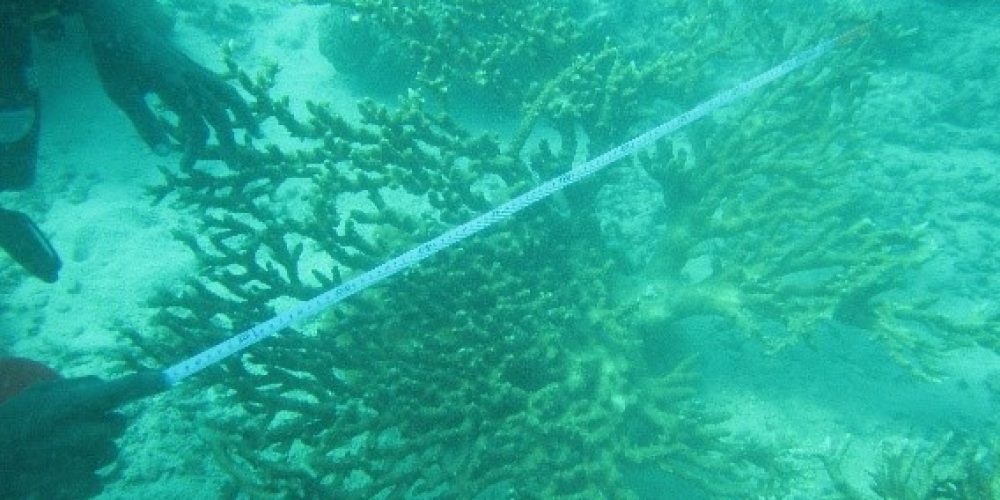
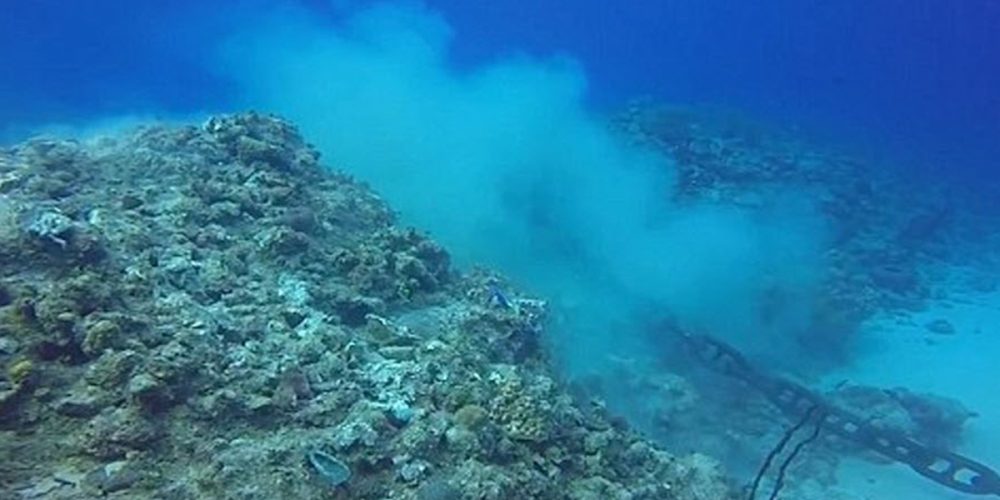
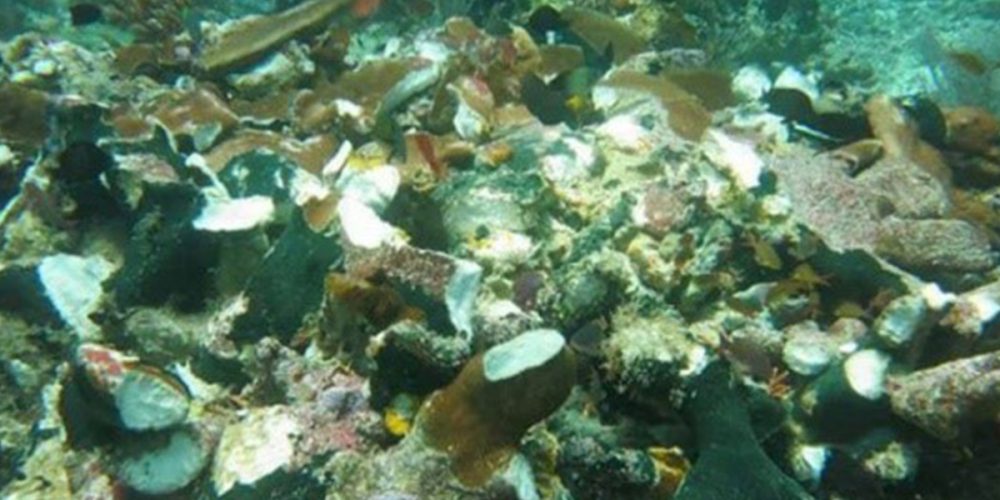
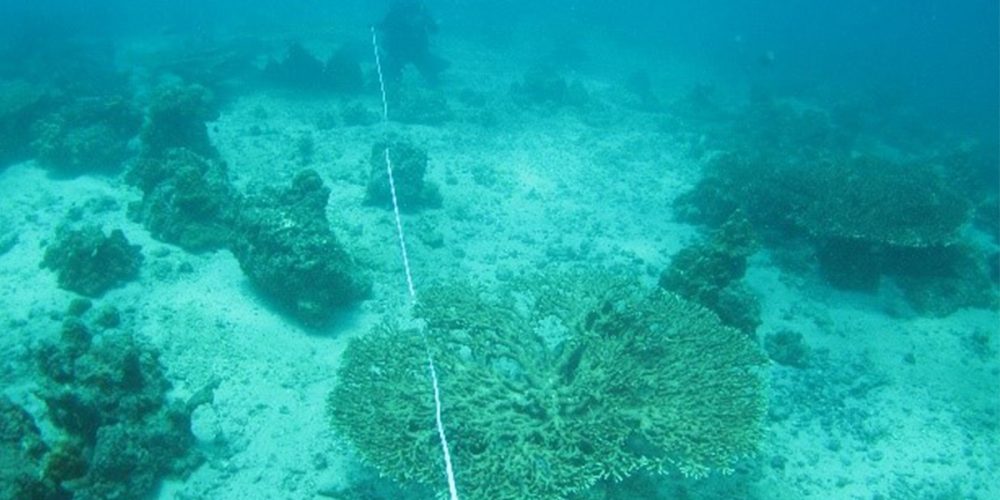
Reefs
A reef is a bar of rock, sand, coral or similar material, lying just above or just below the surface of the water, often dangerous to ships. Many reefs are formed from natural processes such as the deposition of sand, wave erosion wearing down rock outcrops, etc. The best-known reefs are typically coral reefs found in tropical waters. Artificial reefs (e.g. shipwrecks) are sometimes created to enhance featureless sand beds or protect shorelines from aggressive wave climates.
Waves Group has investigated a number of cases involving damage to reefs as a result of vessel grounding and the dragging of anchors. With our team of qualified commercial divers, we have carried out damage surveys and assisted marine biologists in assessing the density of marine biology affected by such incidents.

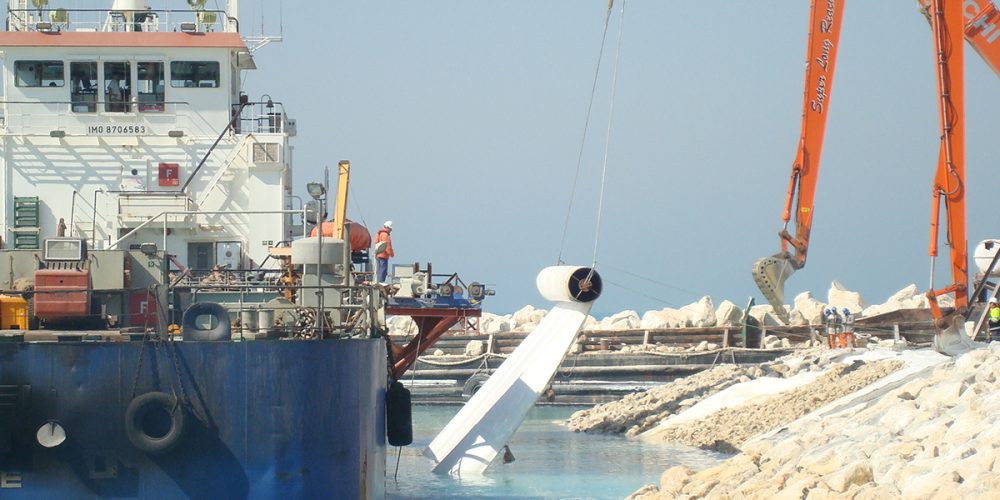


Revetments
Revetments typically consist of sloping structures intended to preserve the existing uses of the shoreline. They protect the slope against erosion by wind, current and / or waves and from scouring induced by strong currents, vessel-generated waves and vessel propeller wash. Revetments typically consist of graded rock or proprietary concrete elements which are sized during the design process to suit the anticipated wave heights and current velocity.
Waves Group has been commissioned to investigate the localised subsidence and collapse of revetments as a result of scour and wave impacts and damage due to vessel impacts. Typical types of damage we have investigated are listed below:
- Pre-existing damage and its effect on the breakwater performance
- Vessel impact damage
- Subsidence leading to lowering of the crest height
- Complete or partial collapse, resulting in erosion of rock core and fill material
- Damage to crest line as a result of wave over topping

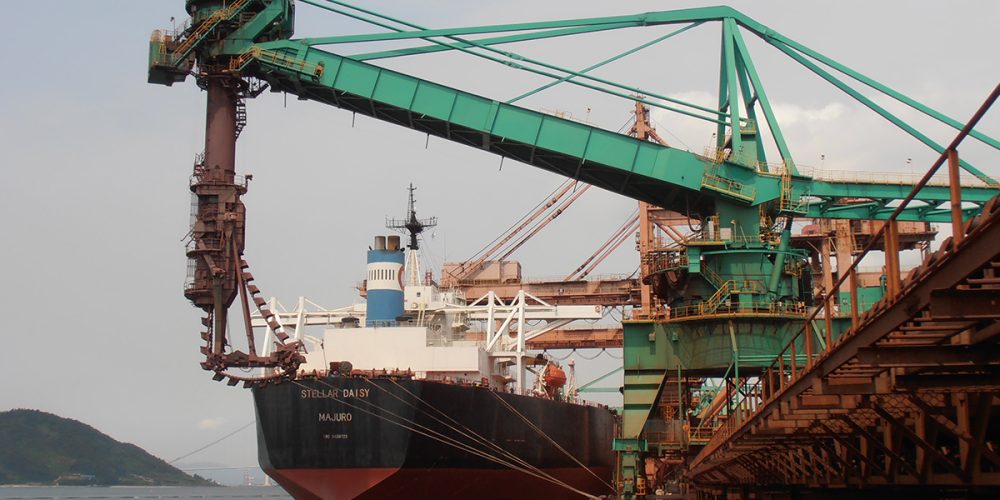


Ship (un)Loader
A ship (un)loader is a large specialist machine used for the loading or unloading of bulk solid materials like iron ore, coal, fertilizers, grains etc. onto and off ships. Ship (un)loaders are commonly used in ports and jetties from where bulk materials are exported/ imported.
The (un)loader typically consists of either a mechanical or pneumatic conveyor system supported within an extendable boom, a belt conveyor, a tripper to elevate and transfer product from a source conveyor and a mobile structure to support the boom. The (un)loader is usually mounted on rails (sometimes on wheels / tyres) and can move along the quayside or jetty in order to be able to reach the whole length of the ship.
The boom also moves independently so that all of the ship’s holds can be evenly filled and to adapt to the ship’s increasing / decreasing draught during loading/ unloading. Ship (un)loaders are built in capacities from 1,000 to 15,000 tonnes per hour. The height of a ship (un)loader can be in excess of 20 metres and the boom can extend to a length of more than 60 metres.
Waves Group has investigated numerous cases where ship (un)loaders have been damaged by vessel allision. Typical types of damage we have investigated are listed below:
- Complete or partial collapse, resulting in complete loss of functionality
- Permanent deflection of the mobile gantry structure, resulting in some/all functionality being retained after the incident
- Historical / pre-existing damage and its effect on new damage
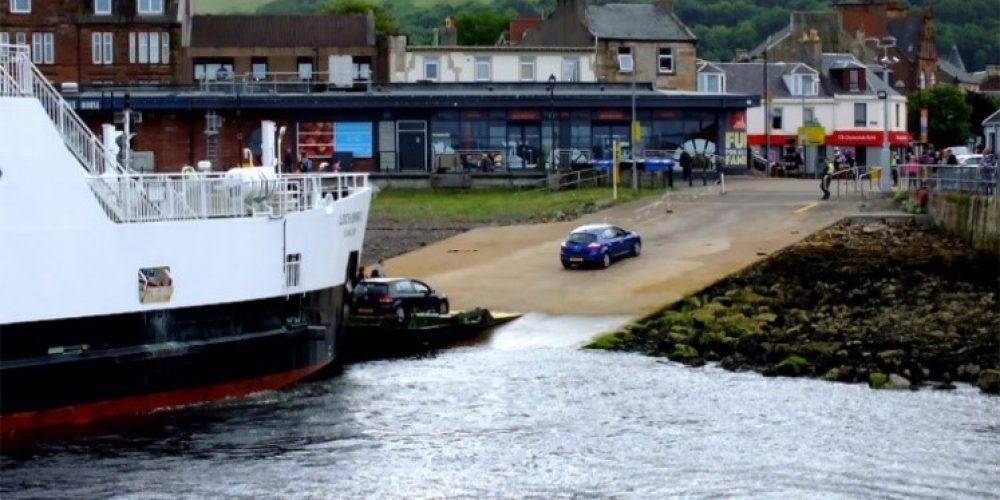
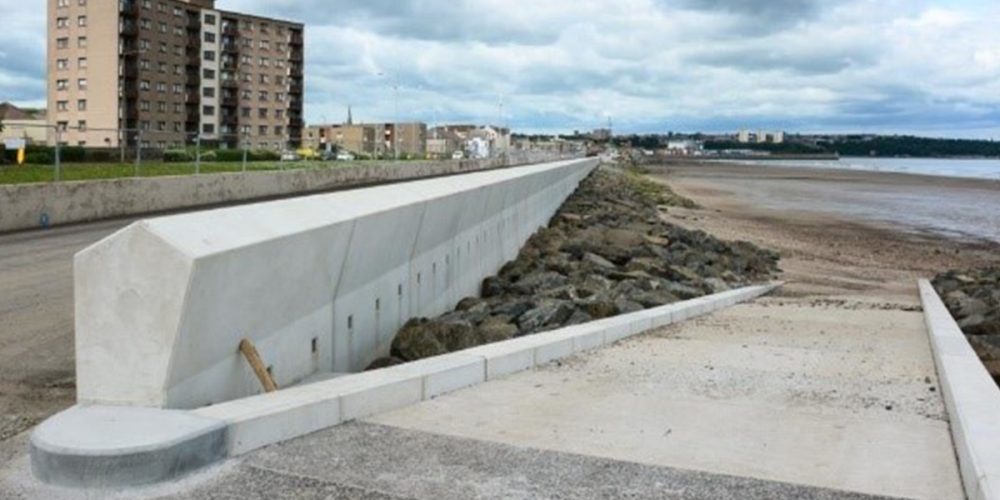
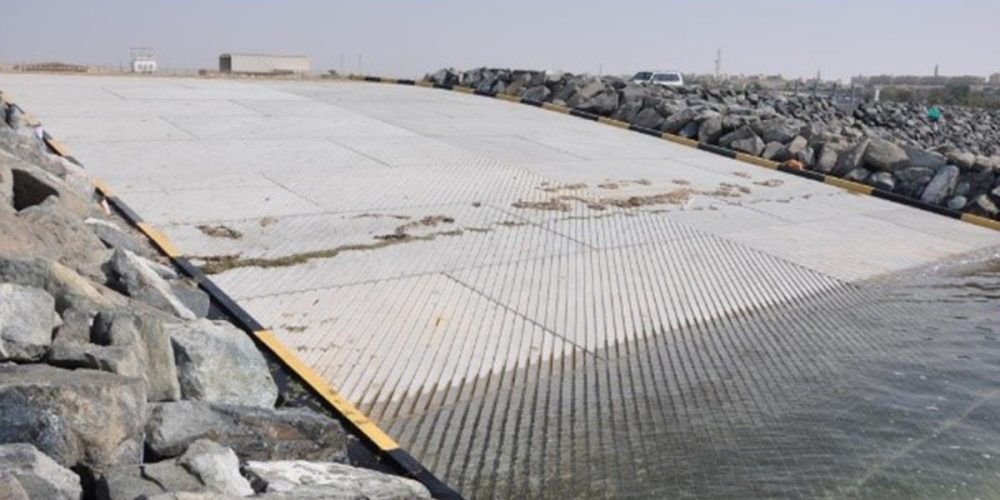
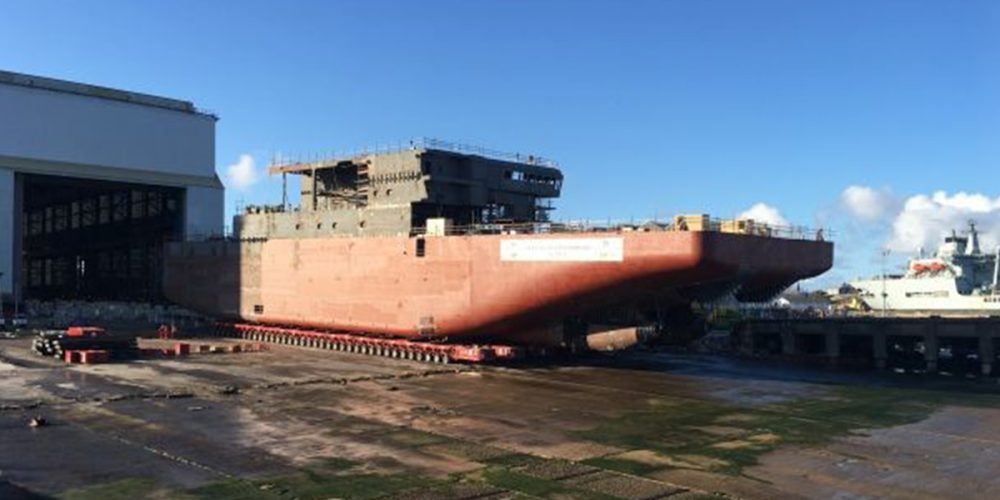
Slipway
A slipway is a ramp on the shore by which vessels can either be moved into and out of the water or onto which vessels can discharge cargo. They are also used for marine operations ranging from the construction, launching and repairing of ships and marine infrastructure, to the launching and retrieving of small boats.
A slipway is usually constructed from concrete or stone and is located within, and immediately above, the tidal zone so as to accommodate a range of water depths and vessel drafts. A flat area of hardstanding is normally included at the top landward end of the slipway.
Waves Group has investigated a number of cases where slipways have been damaged by vessel allision, undermining and erosion by over-loading. Typical types of damage we have investigated are listed below:
- Historical / pre-existing damage
- Localised collapse, resulting in loss of functionality
- Vessel impact damage
- Undermining of the bottom of the slipway leading to subsidence
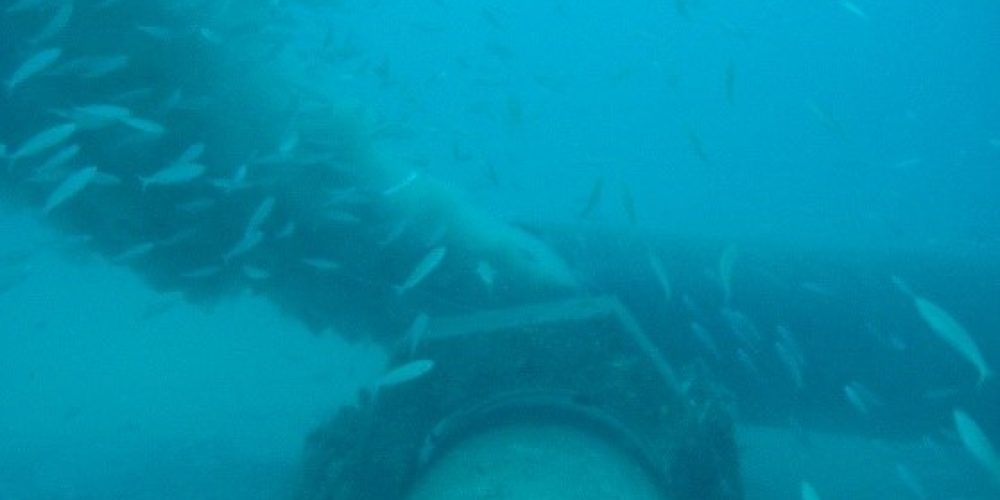
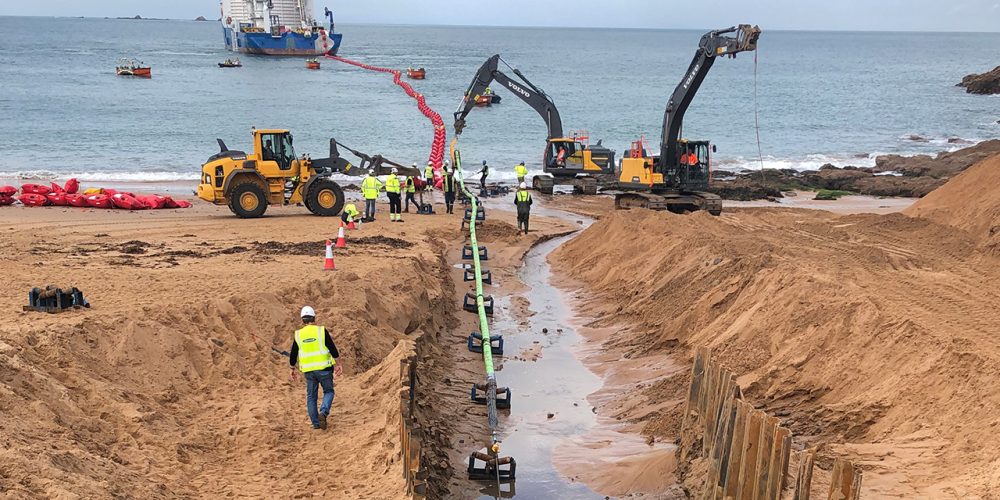
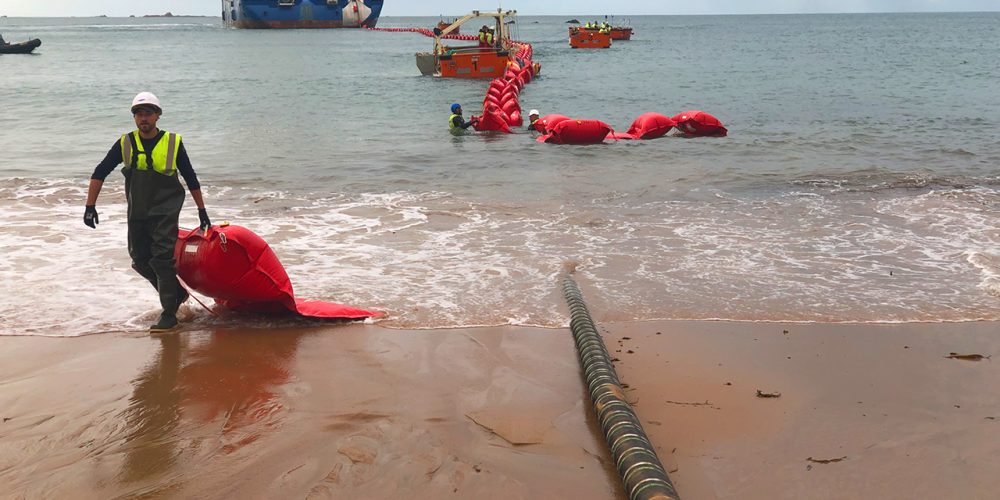
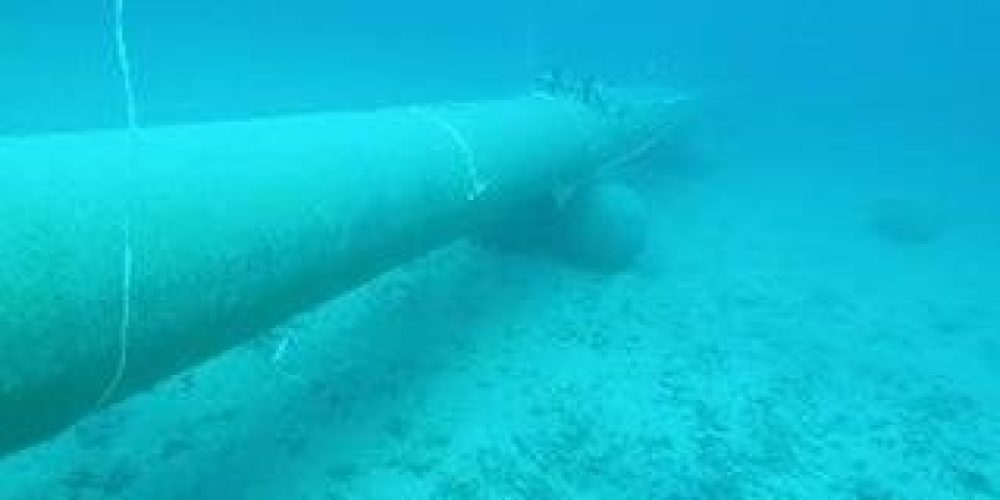
Pipelines / Cables
A submarine pipeline (also known as marine, subsea or offshore pipeline) is a pipeline that is laid on the seabed or below it in a trench. Submarine pipelines are used primarily to carry oil or gas, but some are also used to transport water. Submarine pipelines generally vary in diameter from 76 mm for gas lines, to 1,800 mm for high capacity lines. The pipe can be designed for fluids at high temperature and pressure.
A submarine cable is a cable laid on the seabed between land-based stations to carry telecommunication signals or electric power across estuaries, lakes, seas and oceans. Communications cables use optical fibre technology to carry digital data. Submarine power cables transport electric current at high voltage. Modern three-core cables (e.g. for the connection of offshore wind turbines) often also carry optical fibres for data transmission or temperature measurement, in addition to the electrical conductors.
Waves Group has investigated damage to submarine pipelines and cables as a result of vessel groundings, anchor snagging and incorrect installation procedures. Typical types of damage we have investigated are listed below:
- Crushing/ splitting of submarine pipeline following vessel grounding above pipeline
- Stretches in submarine cable as a result of snagging from a vessel anchor
- Failure of cable due to exceedance of maximum cable tension or bend radii during installation or following vessel contact.
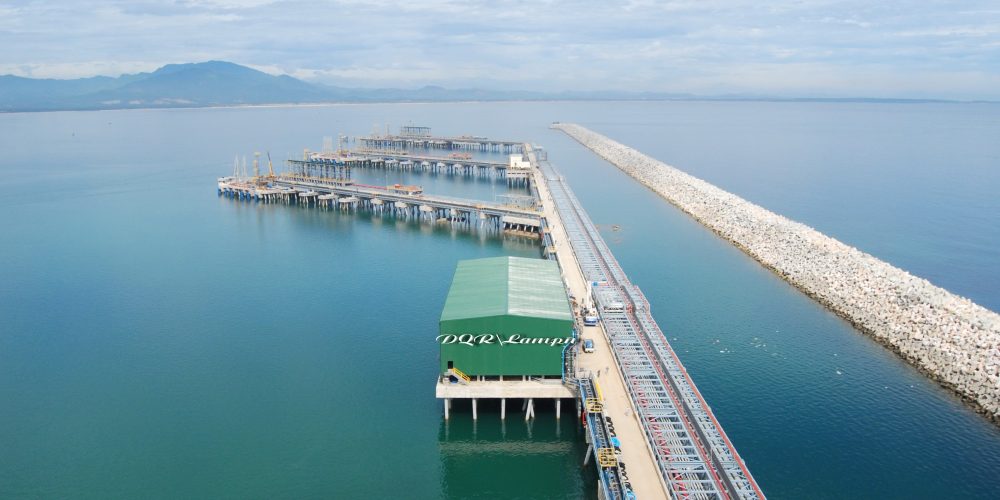
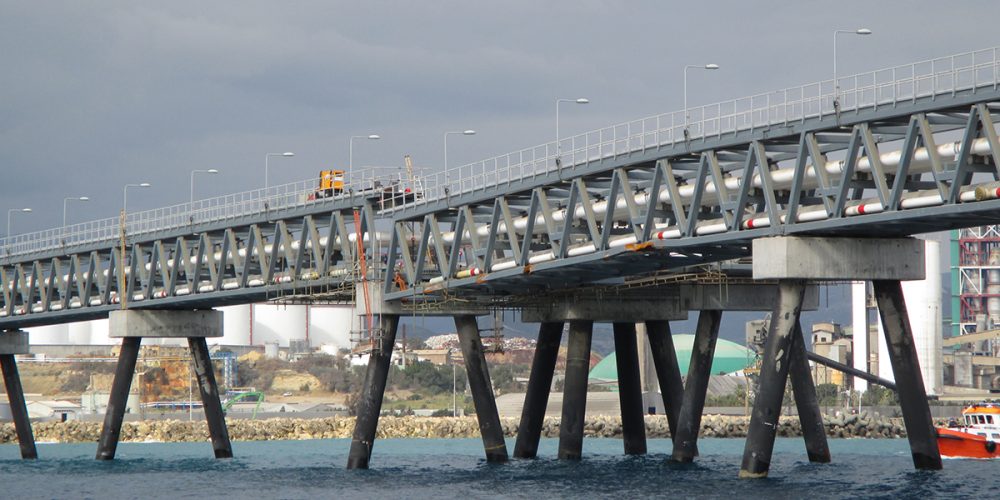
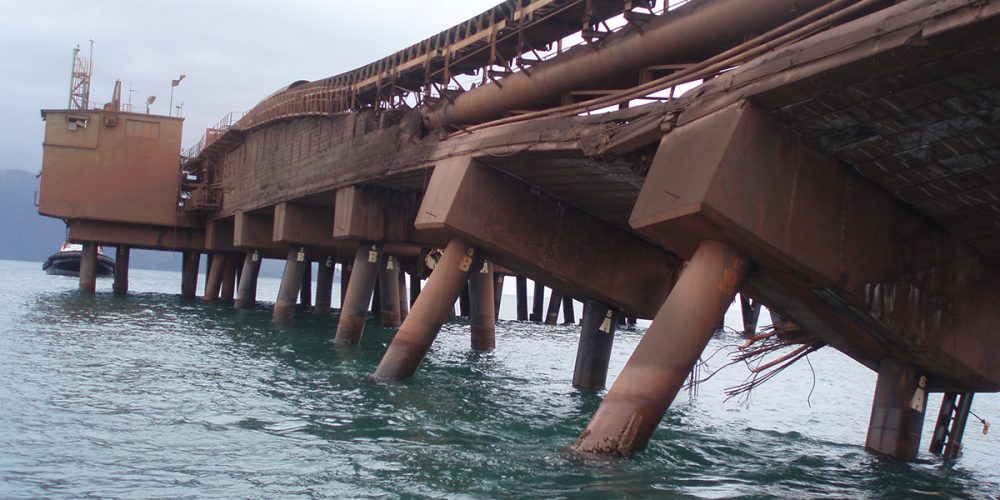
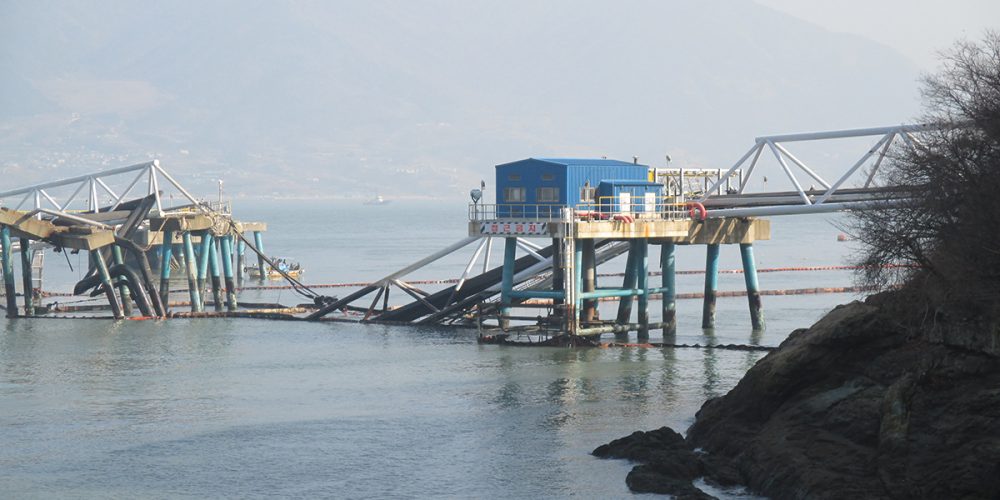
Trestle / Approachway
A trestle is a rigid frame used as a support. A trestle bridge / approachway is a bridge composed of a number of short steel structure spans supported by these rigid frames. A trestle / approachway typically connects a marine based liquid or dry bulk loading or discharge facility to the mainland, often supporting a pedestrian and/or vehicle access and carries a range of liquid bulk pipelines or dry bulk conveyors. Trestle structures are typically suspended on driven tubular steel or precast concrete piled structures at regular intervals.
Trestles / approachways are usually constructed across areas of shallow water connecting deep water berths to the shore, removing the need for expensive capital and maintenance dredging works. Some trestles / approachways can be many kilometres in length.
Waves Group has investigated a number of cases where trestles / approachways have been damaged by vessel collisions. Typical types of damage we have investigated are listed below:
- Complete collapse or partial collapse, resulting in complete loss of functionality
- Permanent deformation of part of the structure, resulting in some/all functionality being retained
- Historical / pre-existing damage and its effect on new damage
- Damage to the trestle support frames e.g. pile buckling
- Damage to the approach bridges e.g. deformation of structure

